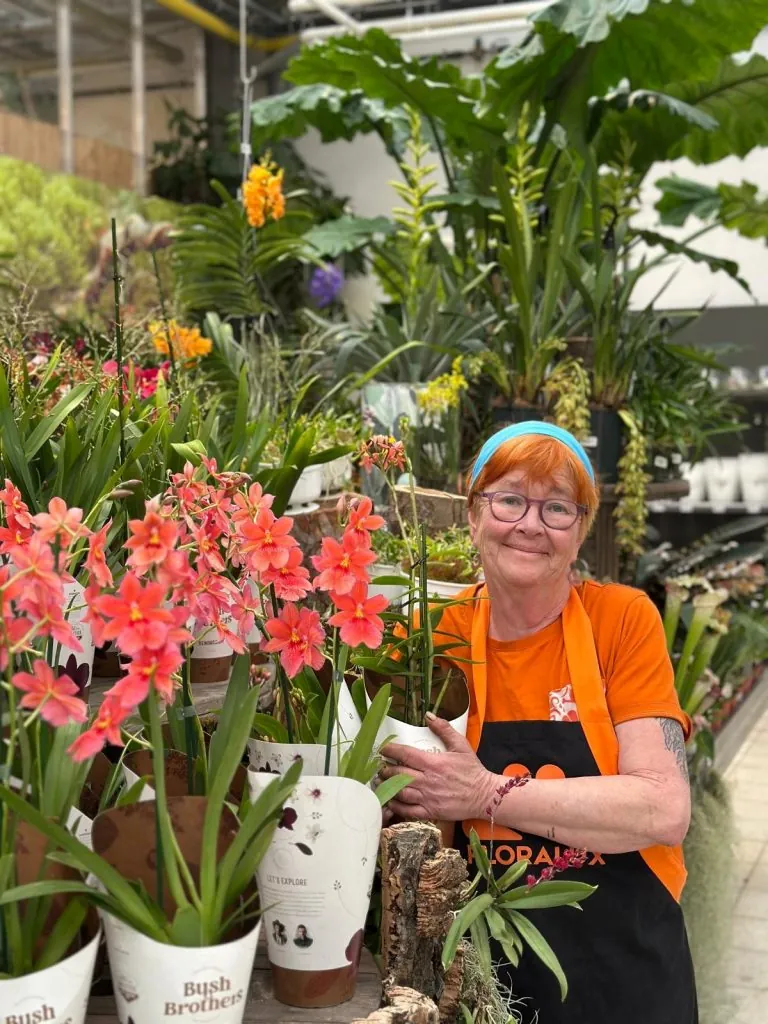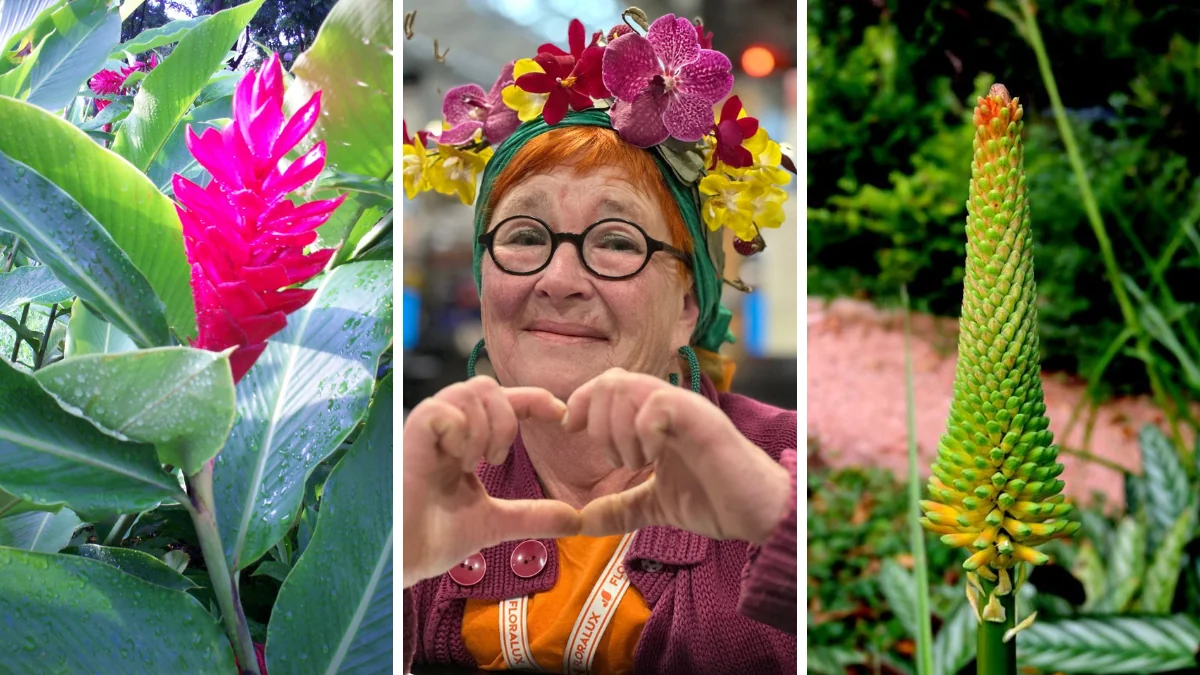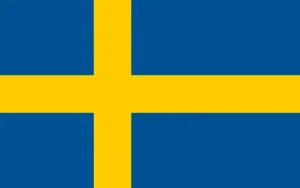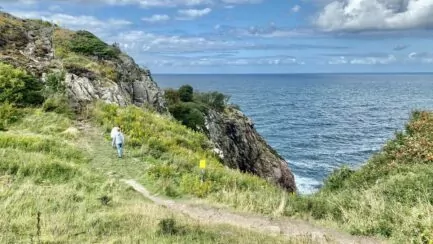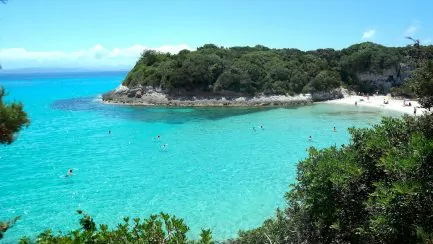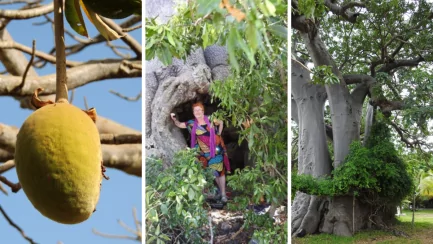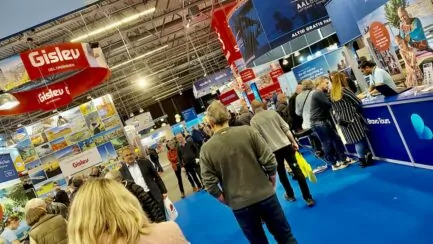Writer: Anna Nilsson Spets
I did not become an underwater scientist, but life led me into the world of flora after various wanderings with other jobs.
In my teens I was a field biologist and knelt in the moss to study just that, mosses. Or counting stamens and pistils to determine the species of something exciting.
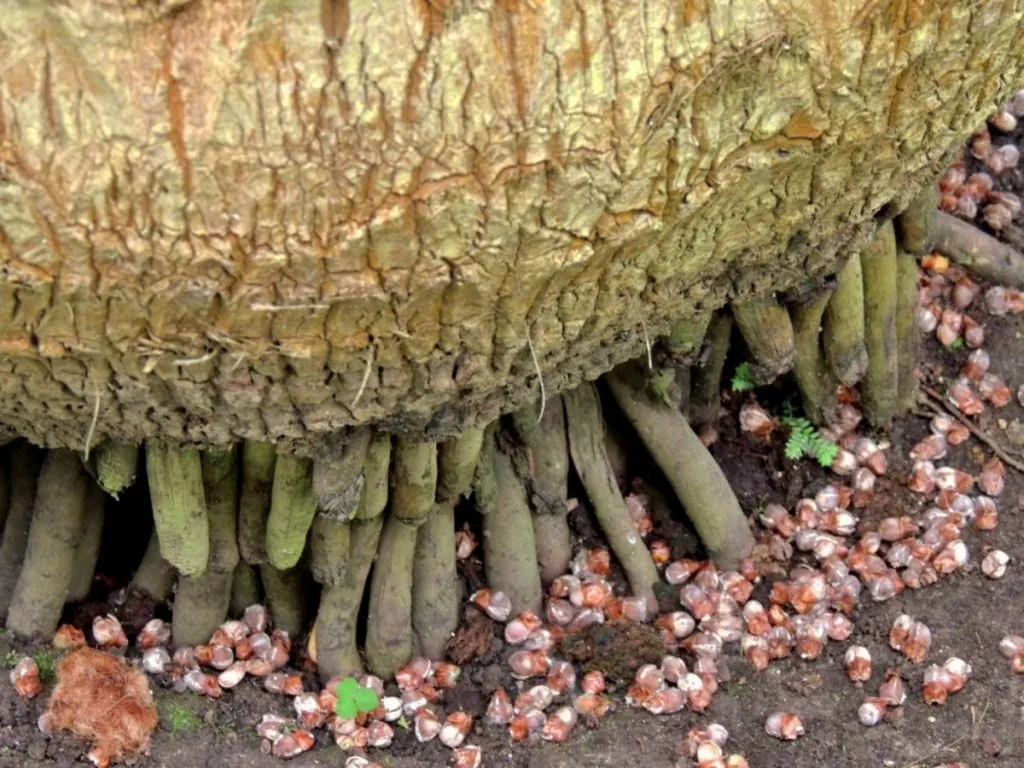
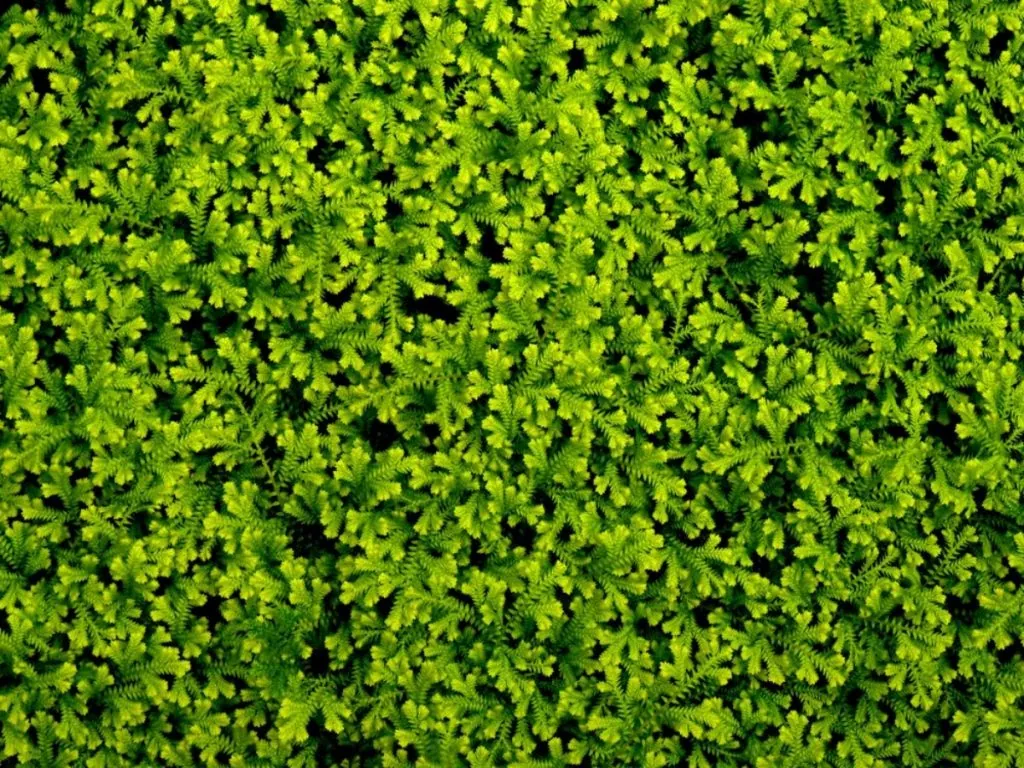
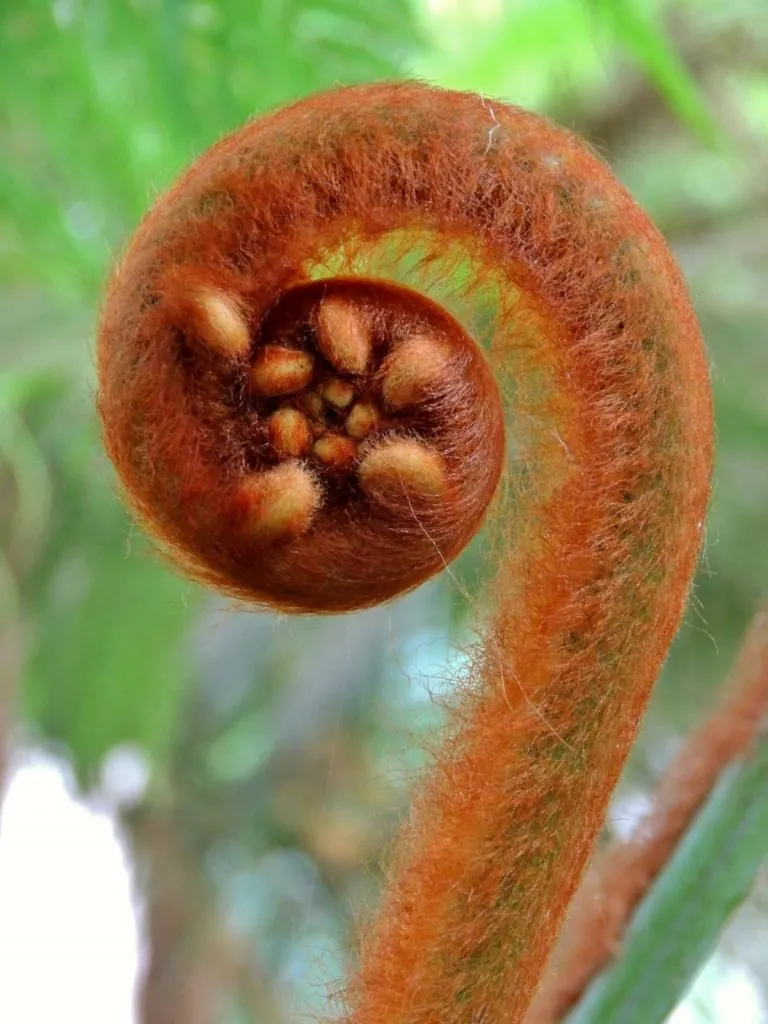
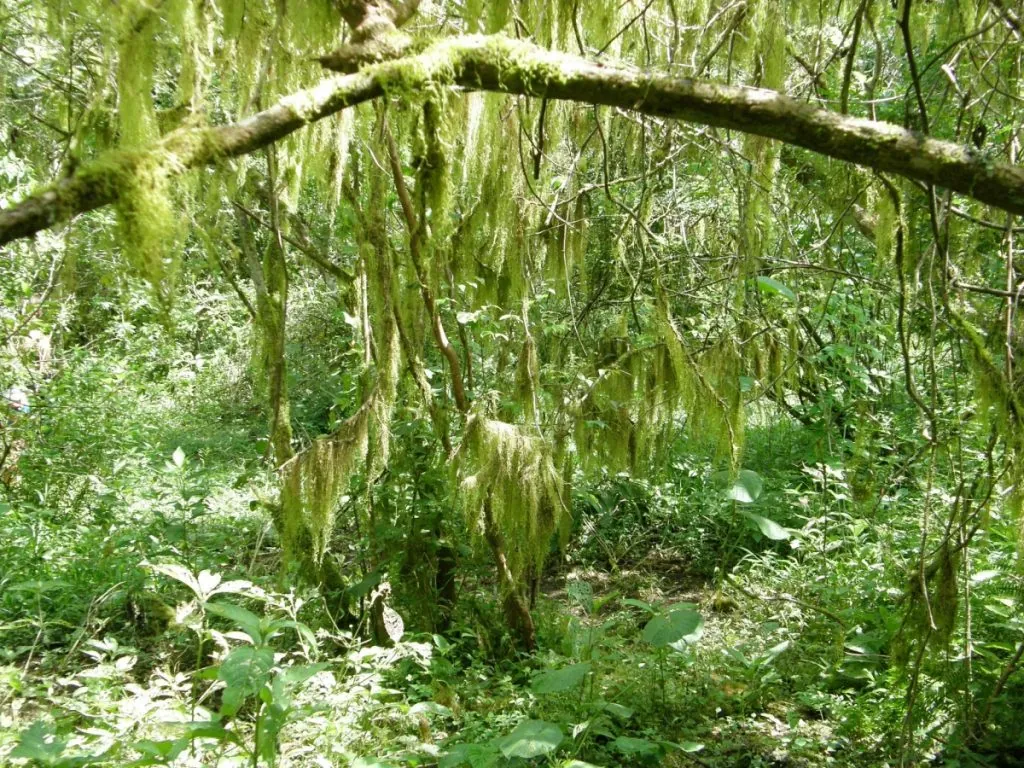
The clothing ... well as a field biologist it was the mountain fox, army jacket and or the military white coat. The coat was heavy as hell.
Beaked boots, rubber boots and sandals. A mason's shirt or flannel shirt. That was the uniform. Today, it's a different uniform.
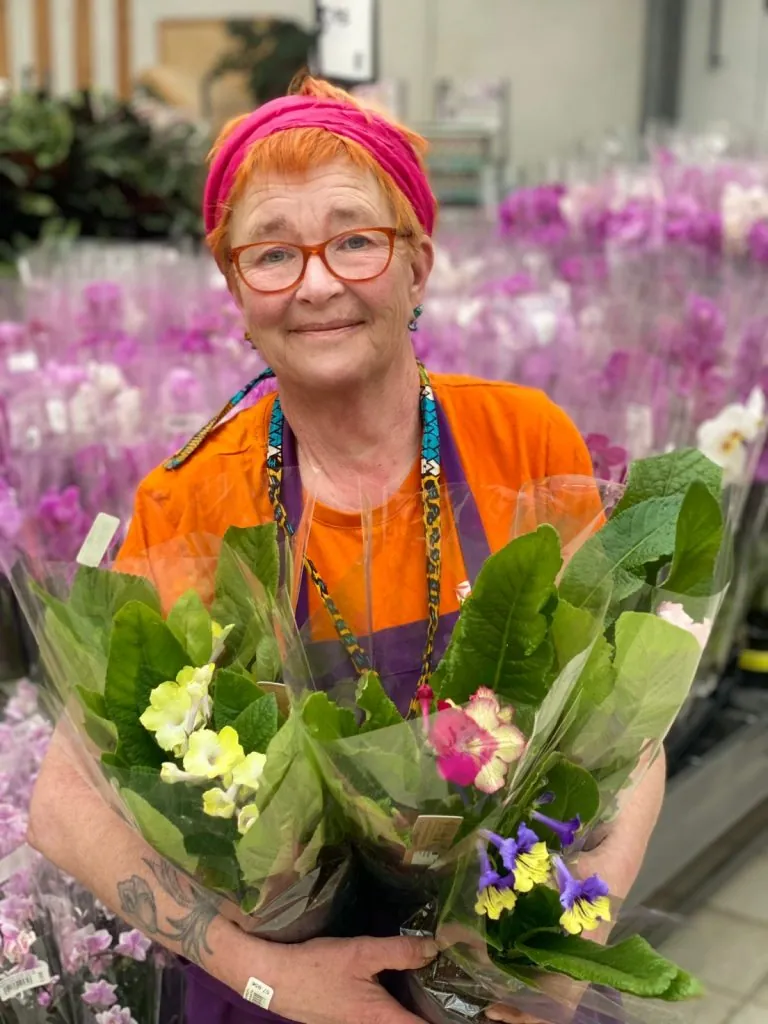
I have been working with plants for 36 years, from cut flowers to outdoor plants and potted plants. For many years it has been exclusively potted plants. The work has become a passion and a lifestyle that also colours my travels.
Fruits, spices and vegetables are of great interest and where is the best place to find them?
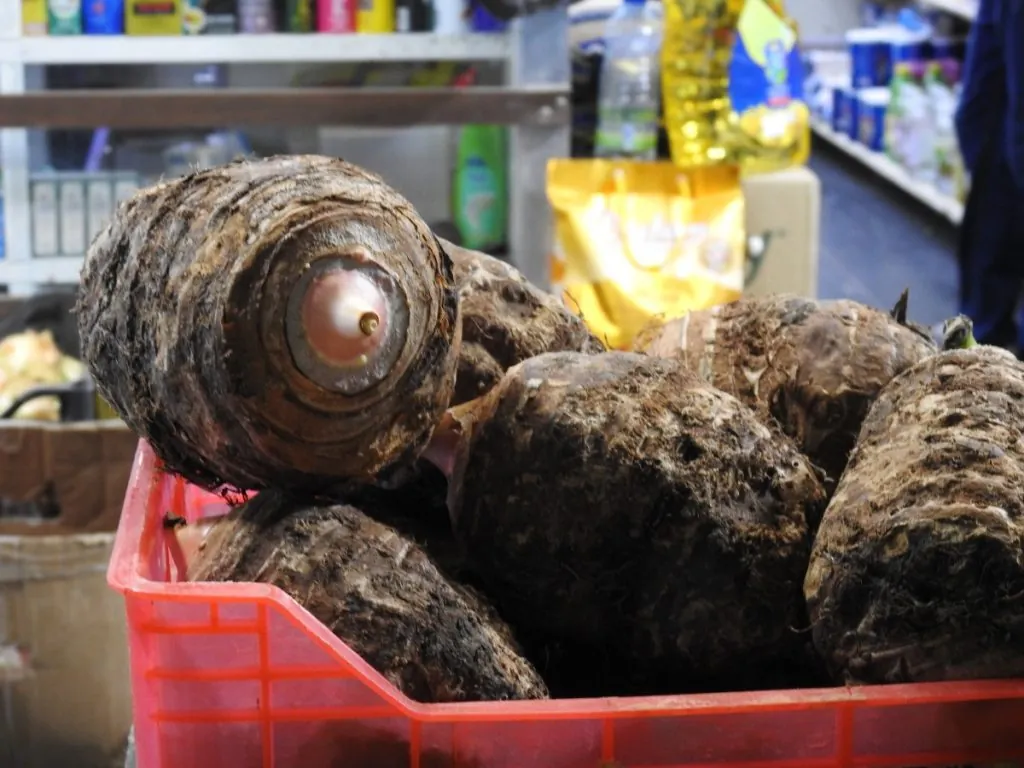
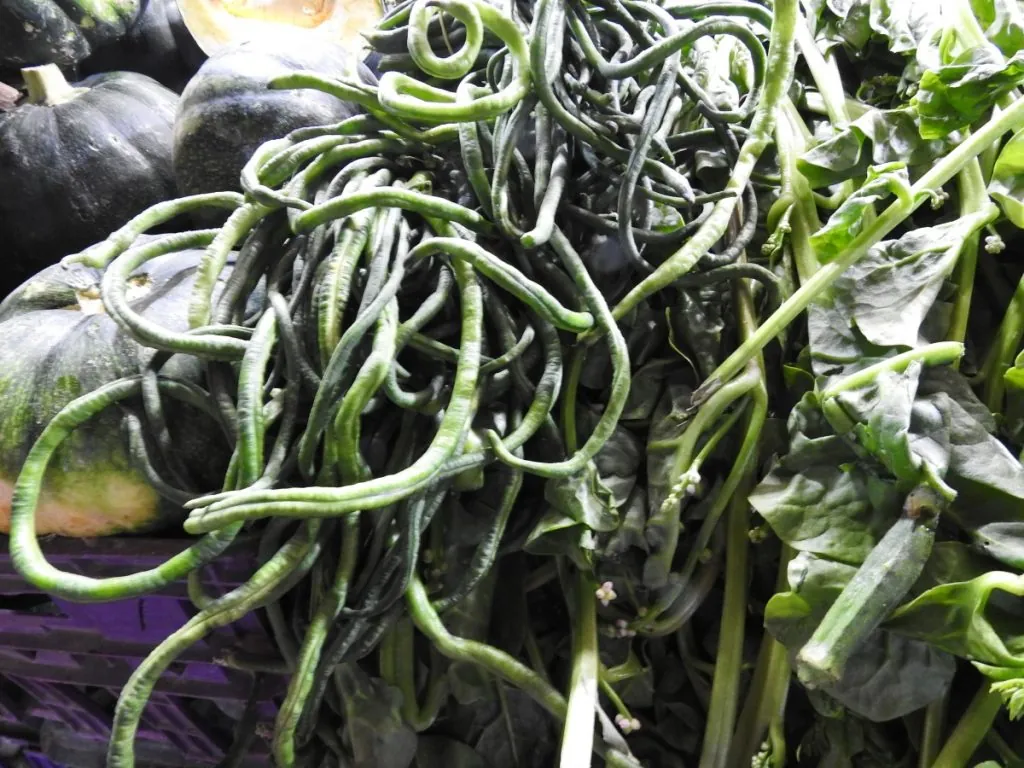
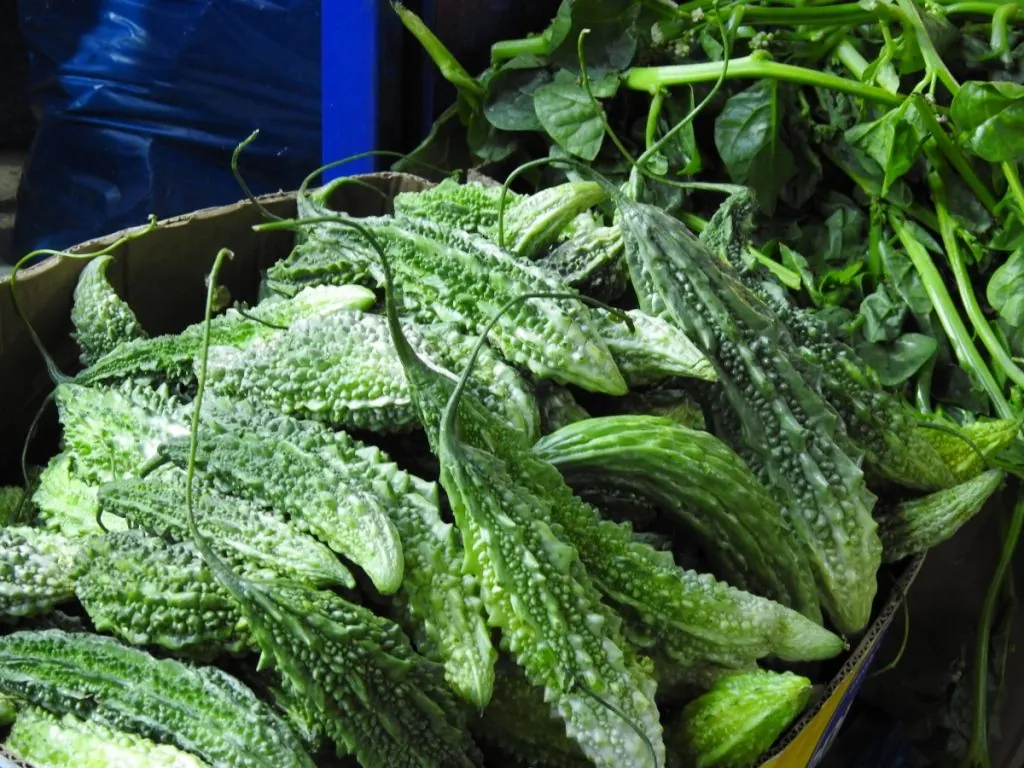
Sometimes a simple stall along the road and it is sad how meagre the supply is.
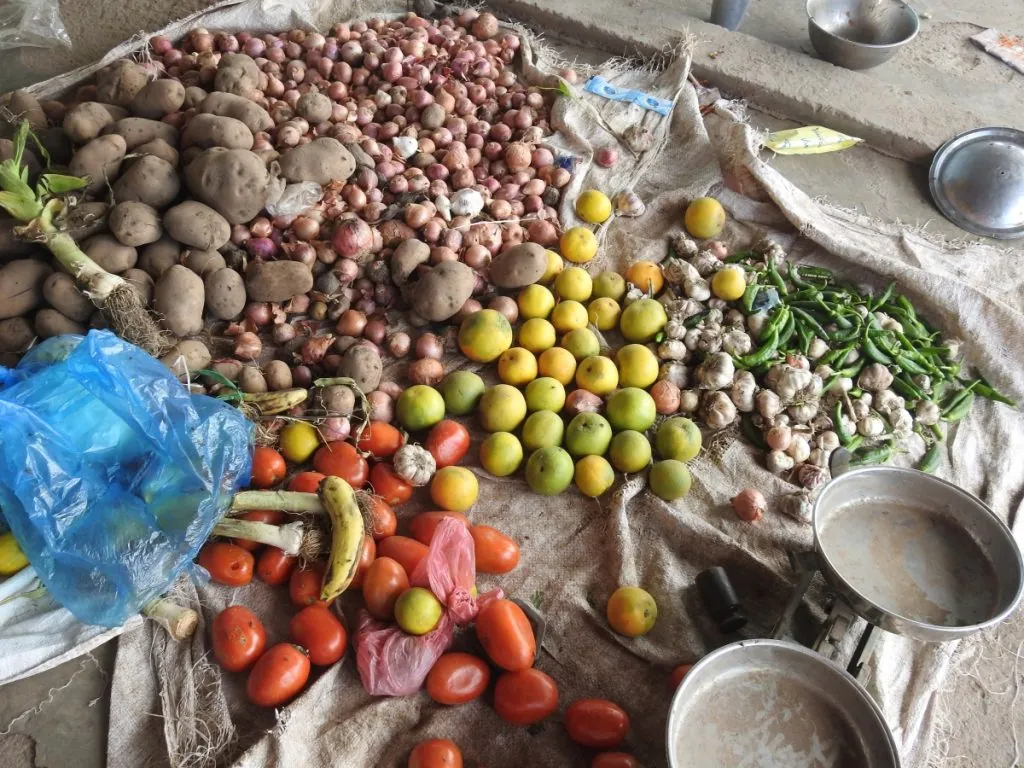
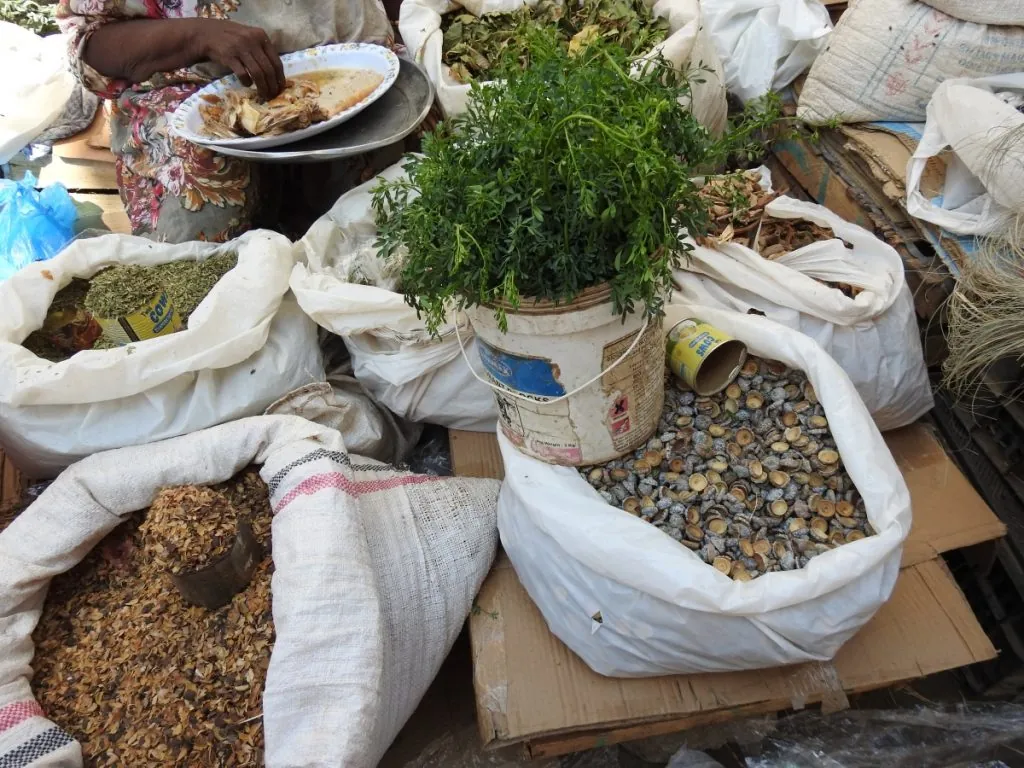
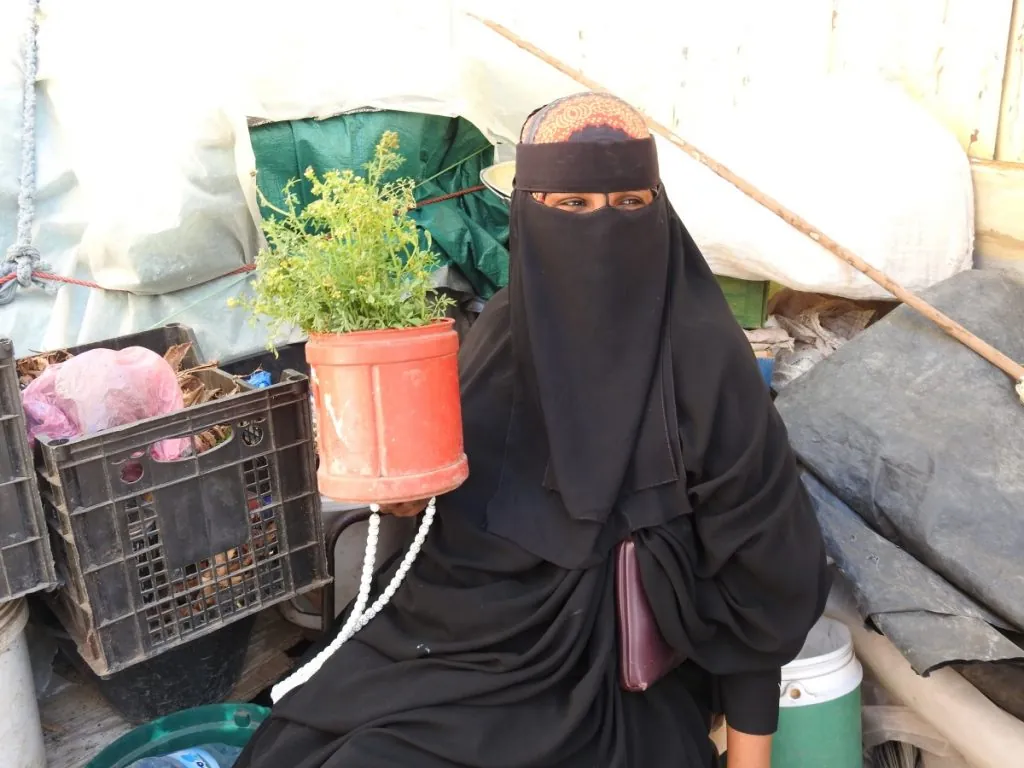
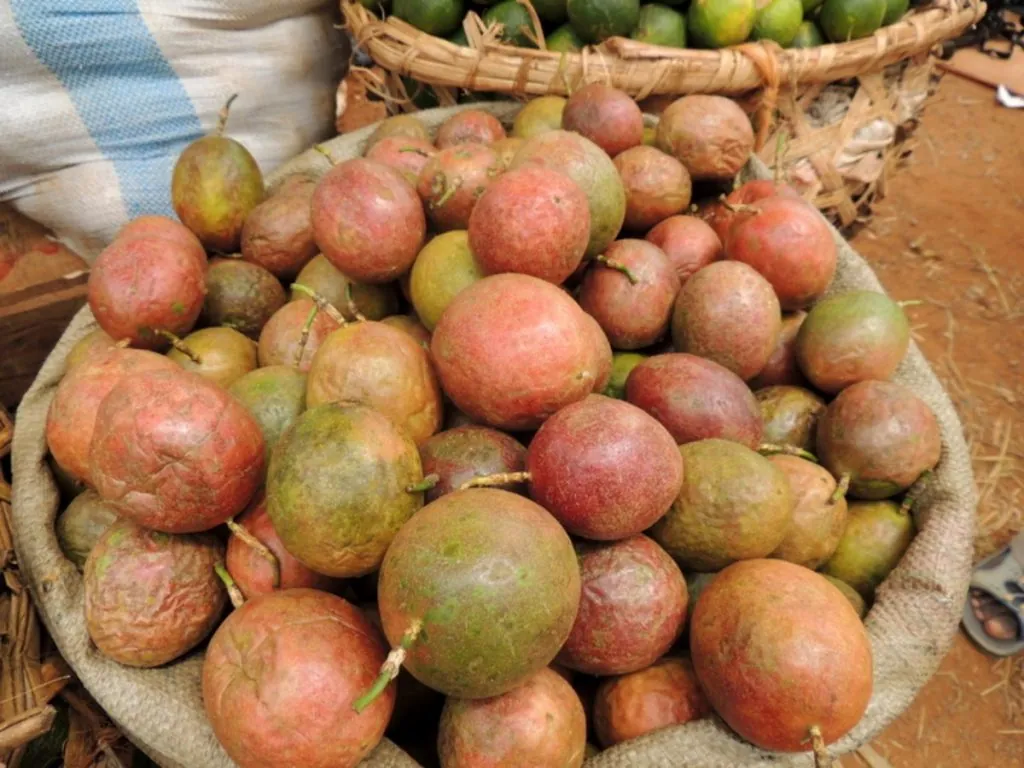
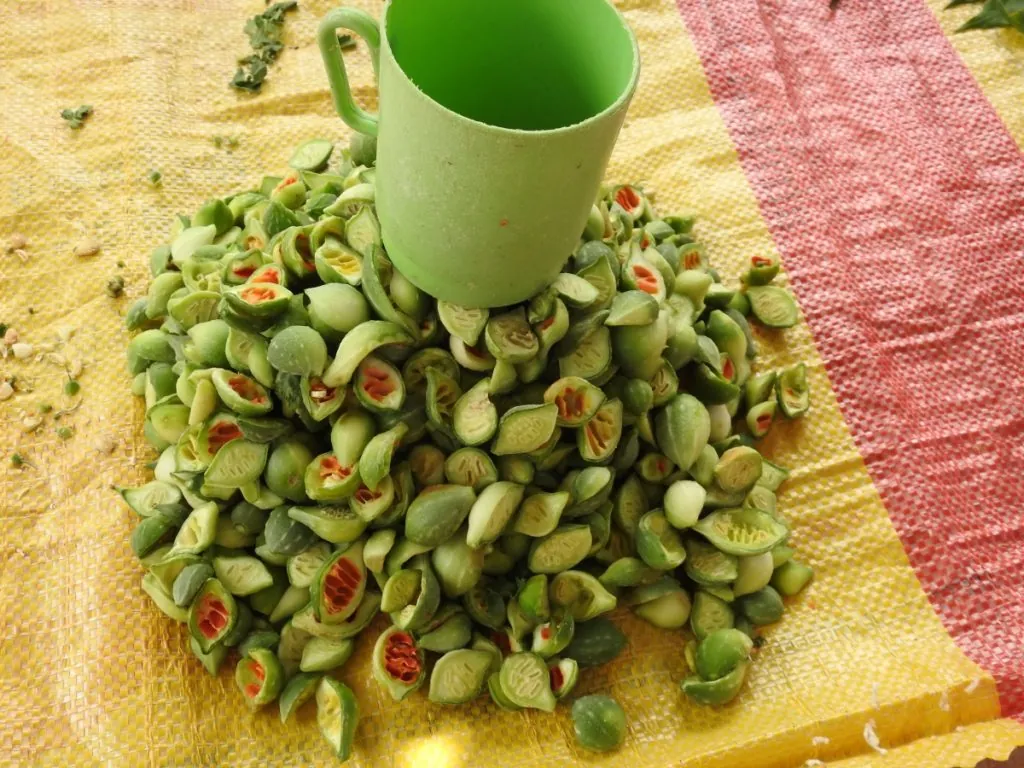
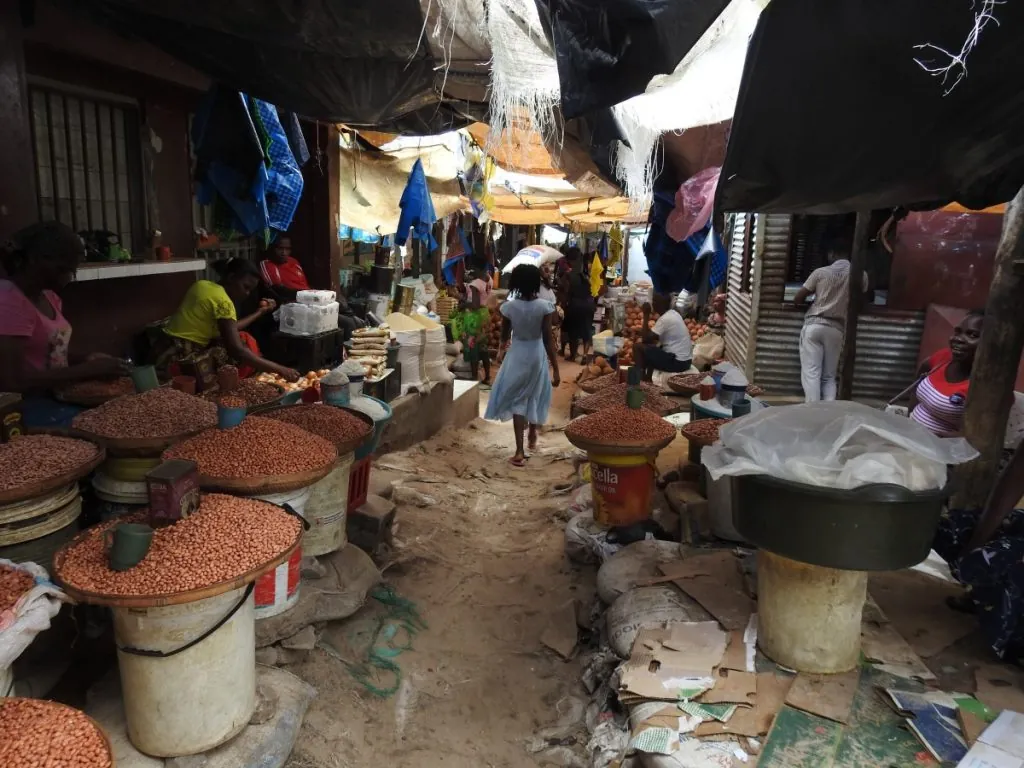
Wandering between the vendors where perhaps dirty water runs over your feet, a disgusting rat wedges in behind a box, flies buzzing over the goods, well that's the everyday survival of the locals.
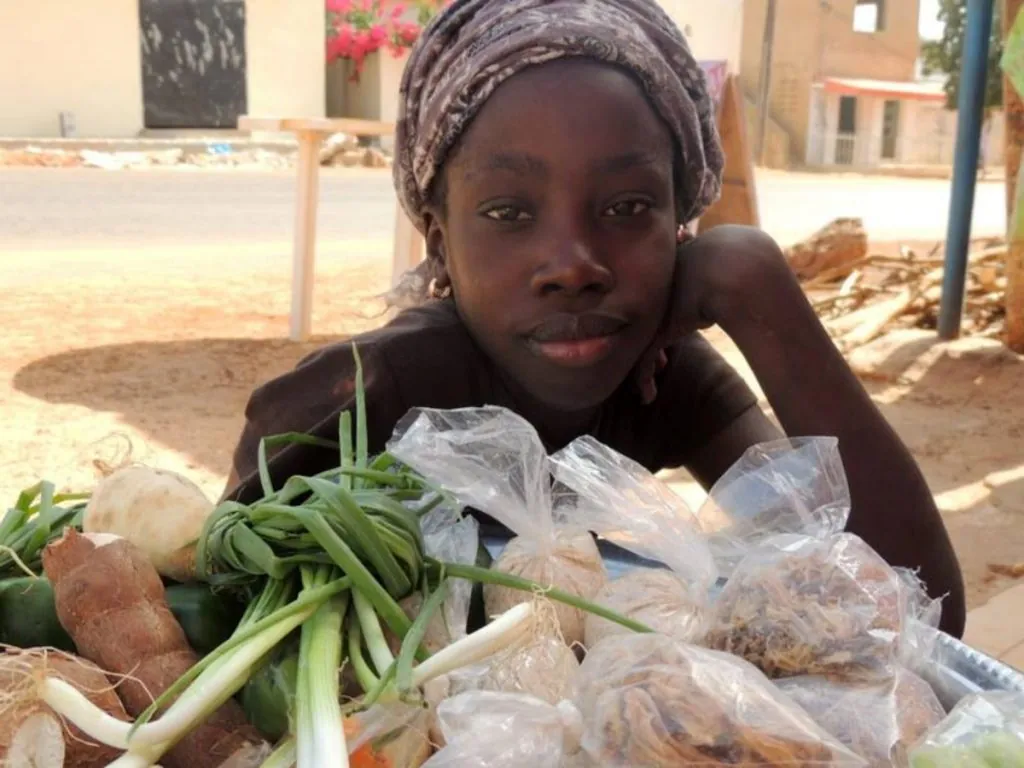
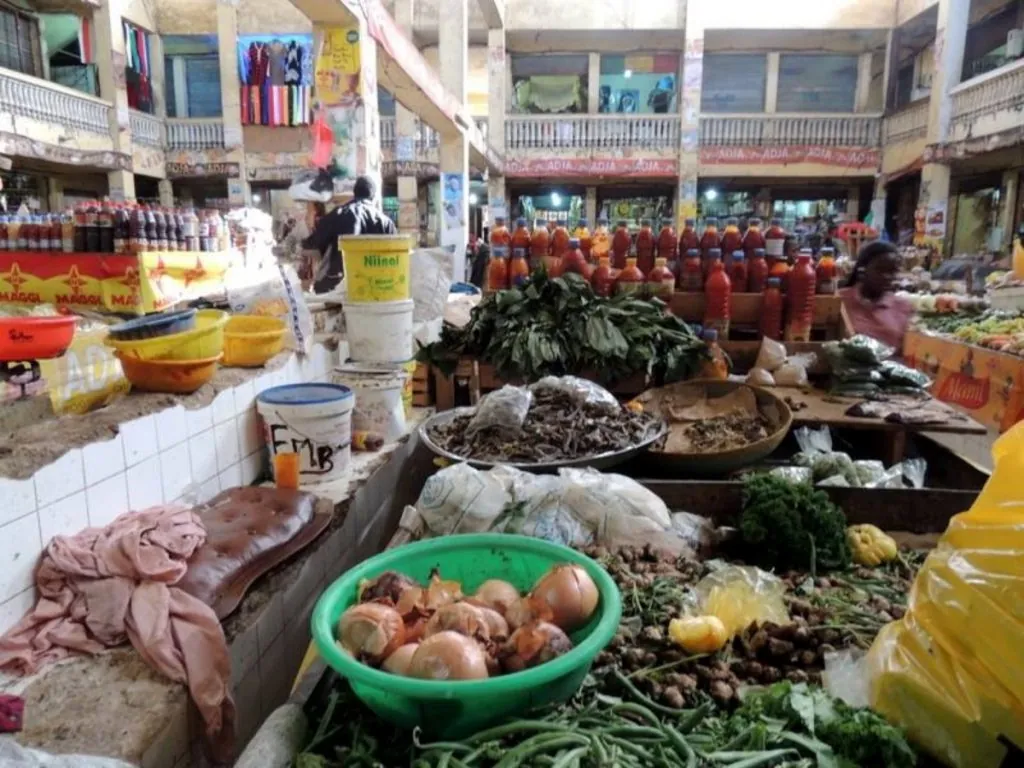
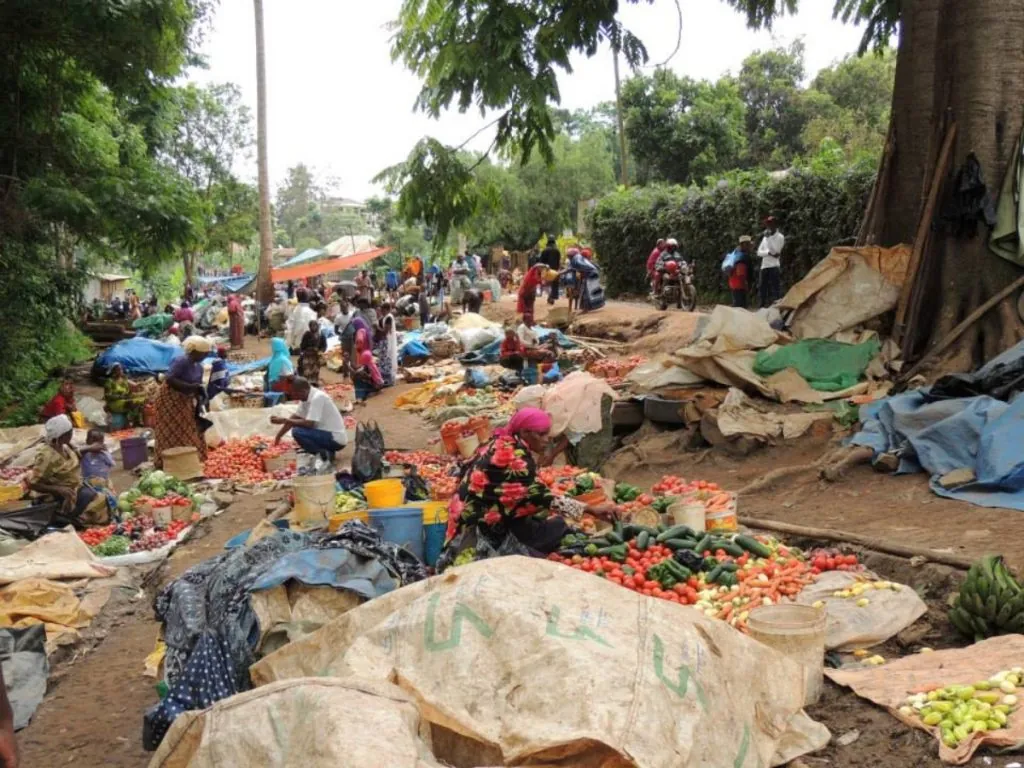
The closest I get to tropical food here is the Turkish shop where you can browse through fruit, vegetables and spices at high prices. So, who pays 100 bucks for a papaya?
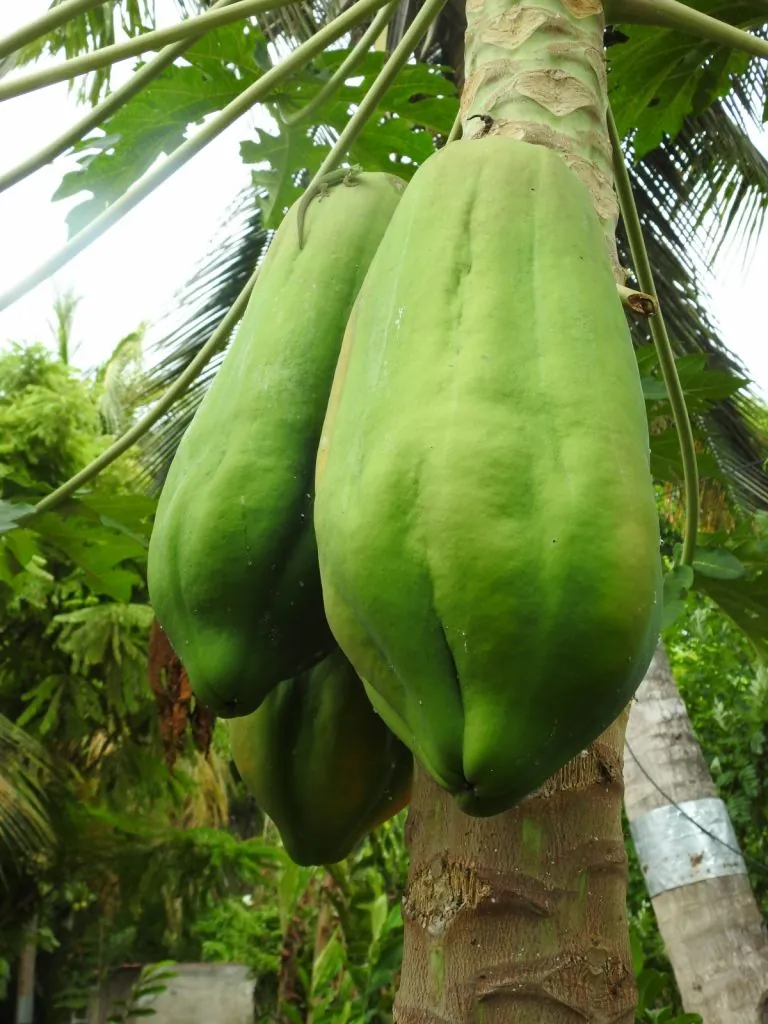
Local markets are a must when I travel, meeting people, speaking the body language, tasting. Visiting markets is a great way to gain insight into cooking, growing, culture and traditions.
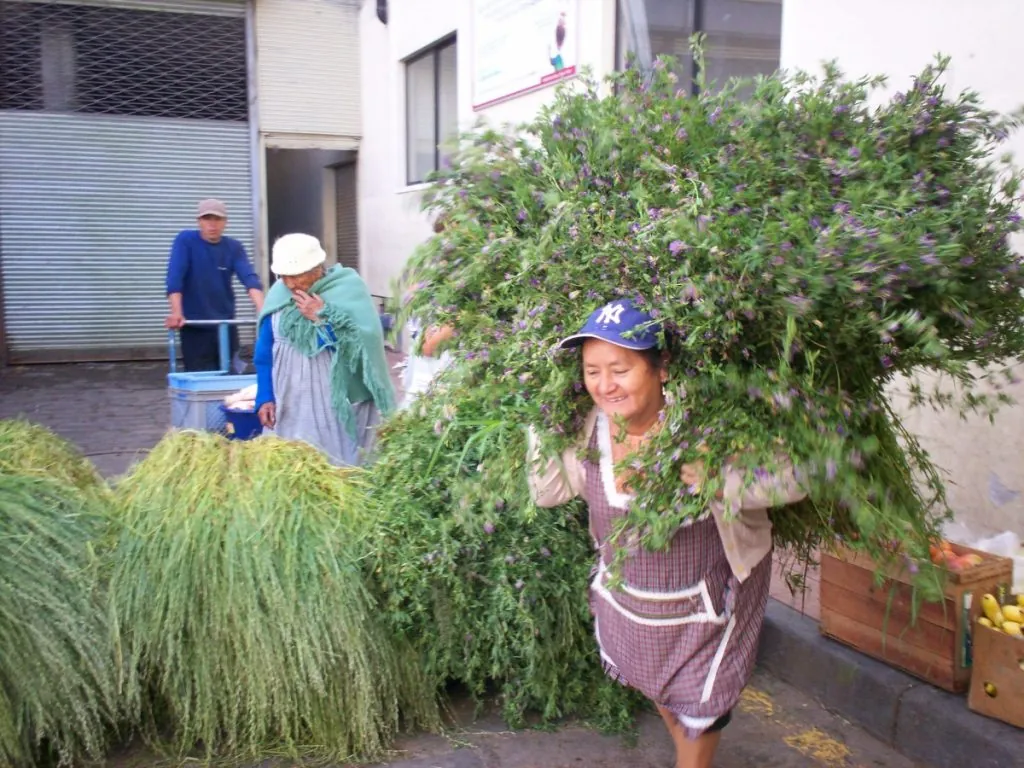
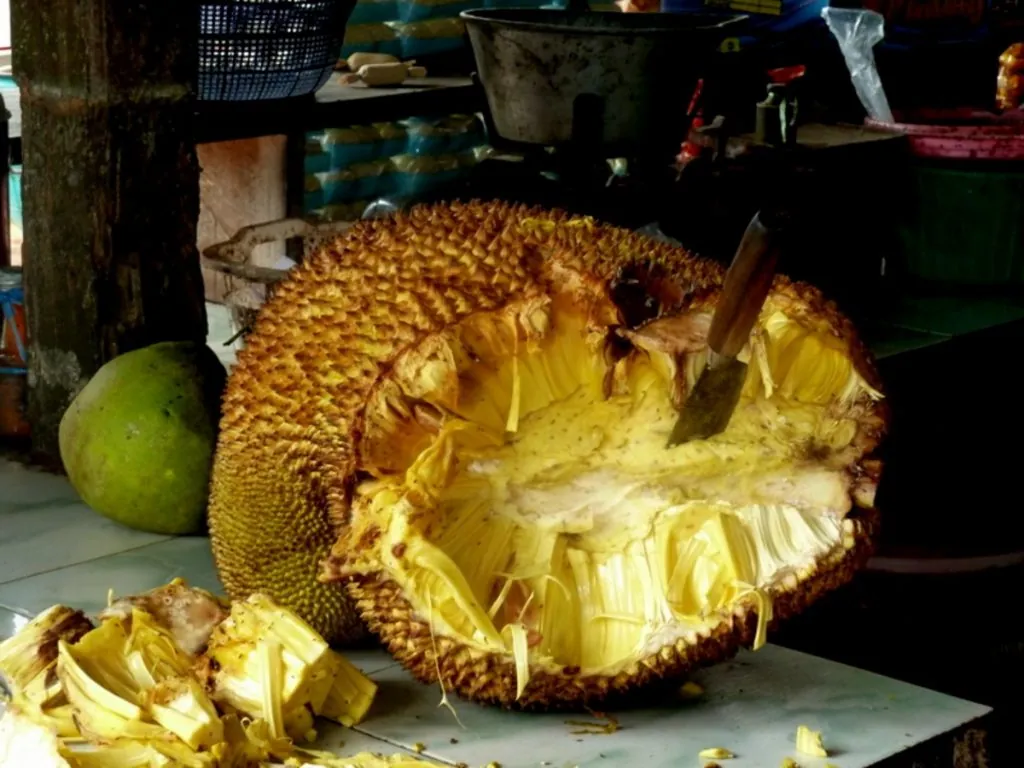
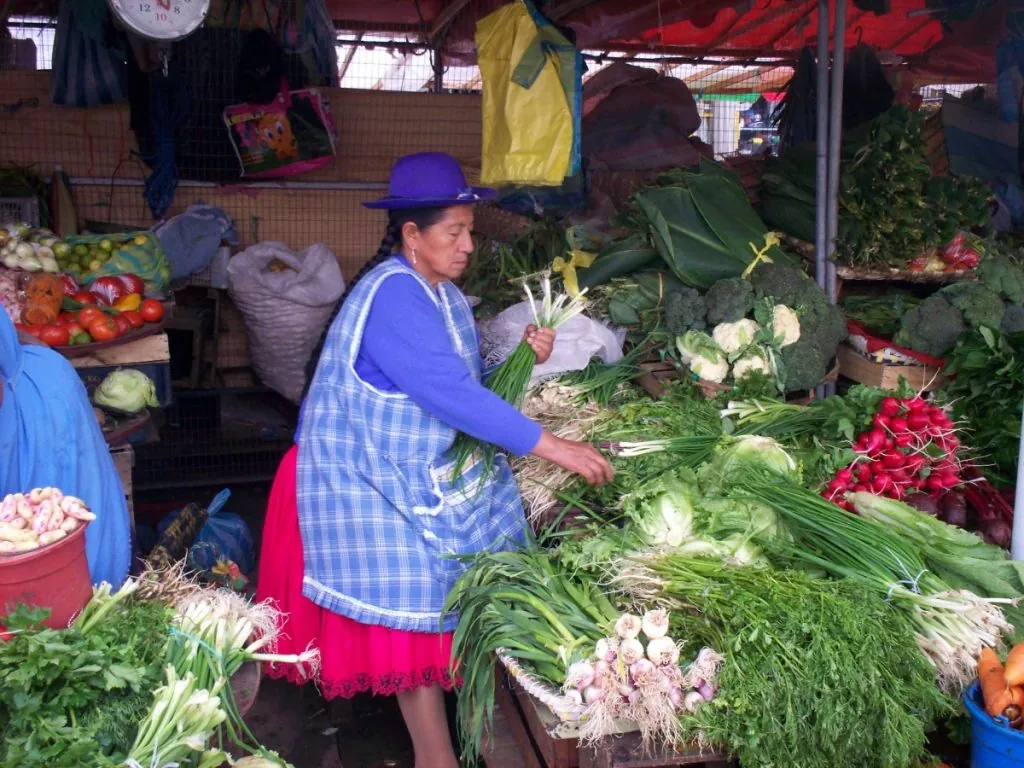
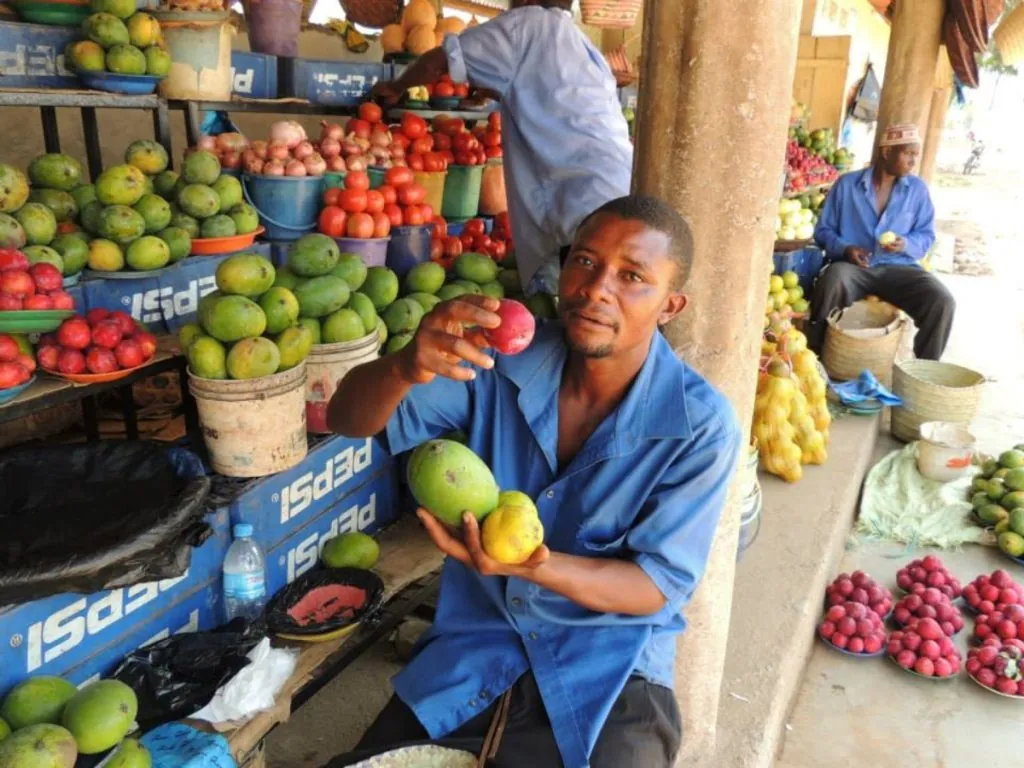
The atmosphere is mixed, some vendors argue strongly in favour of their wares while others take it easy and take a nap. Small children tickle around or hang on their mothers' backs.
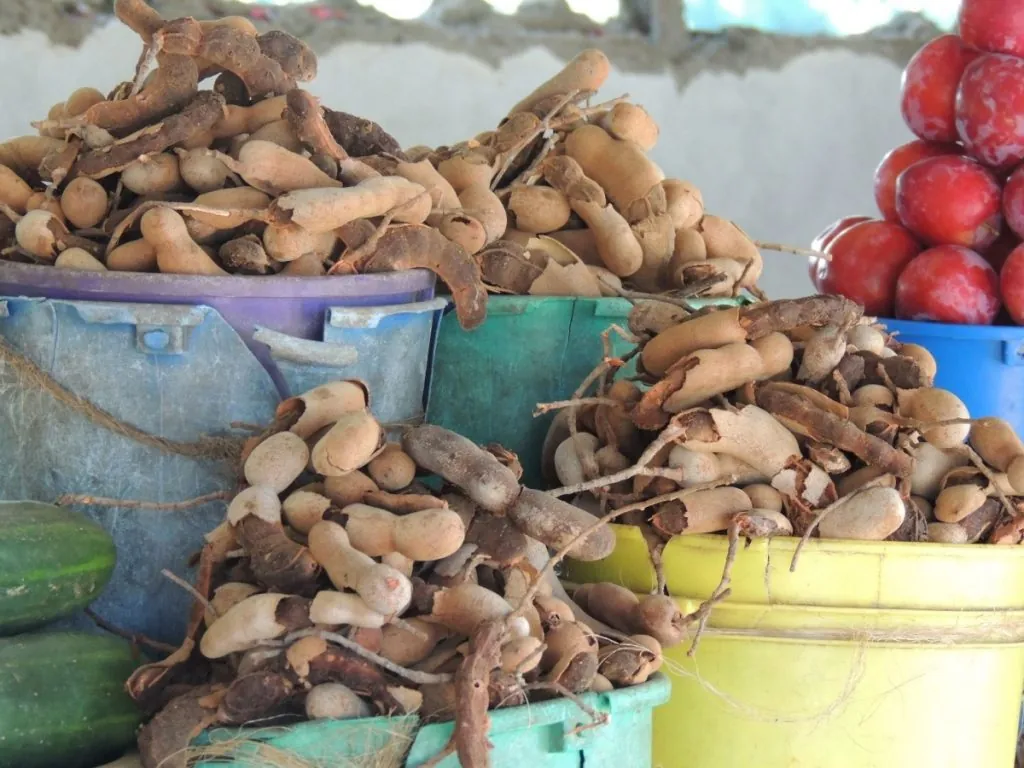
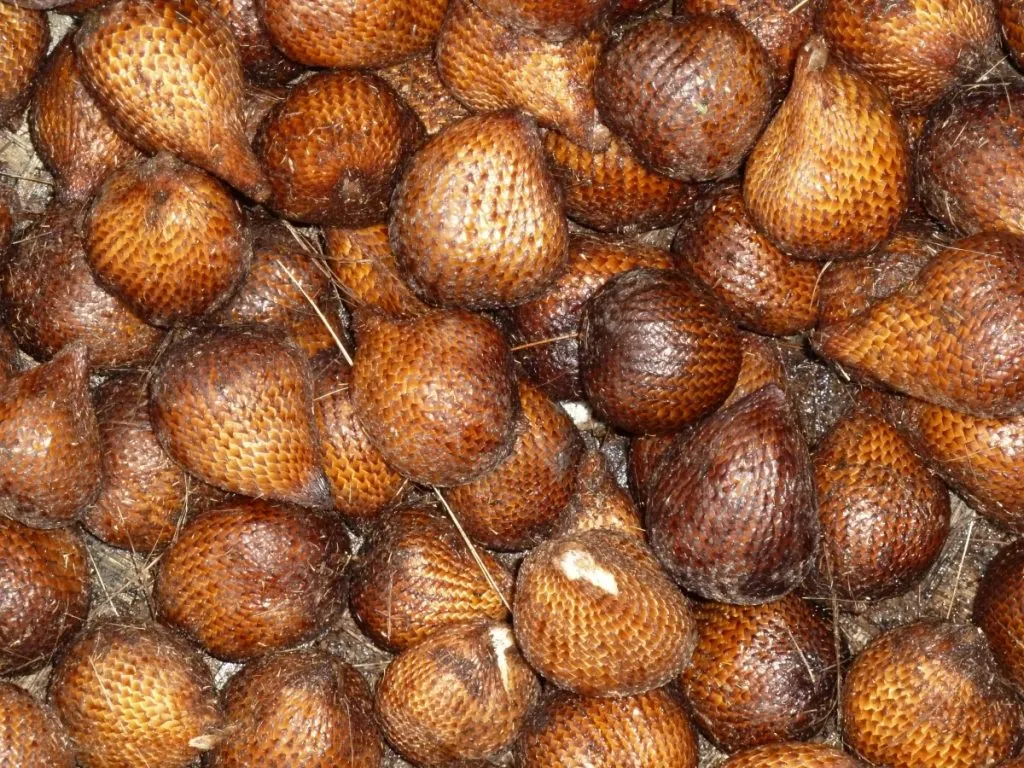
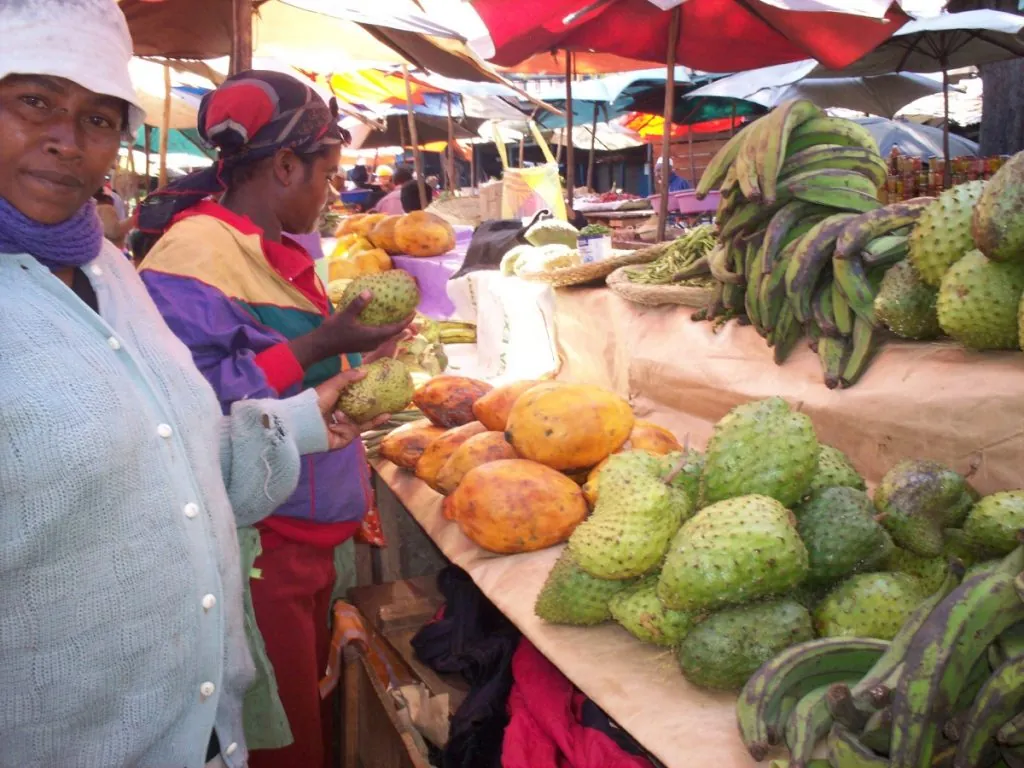
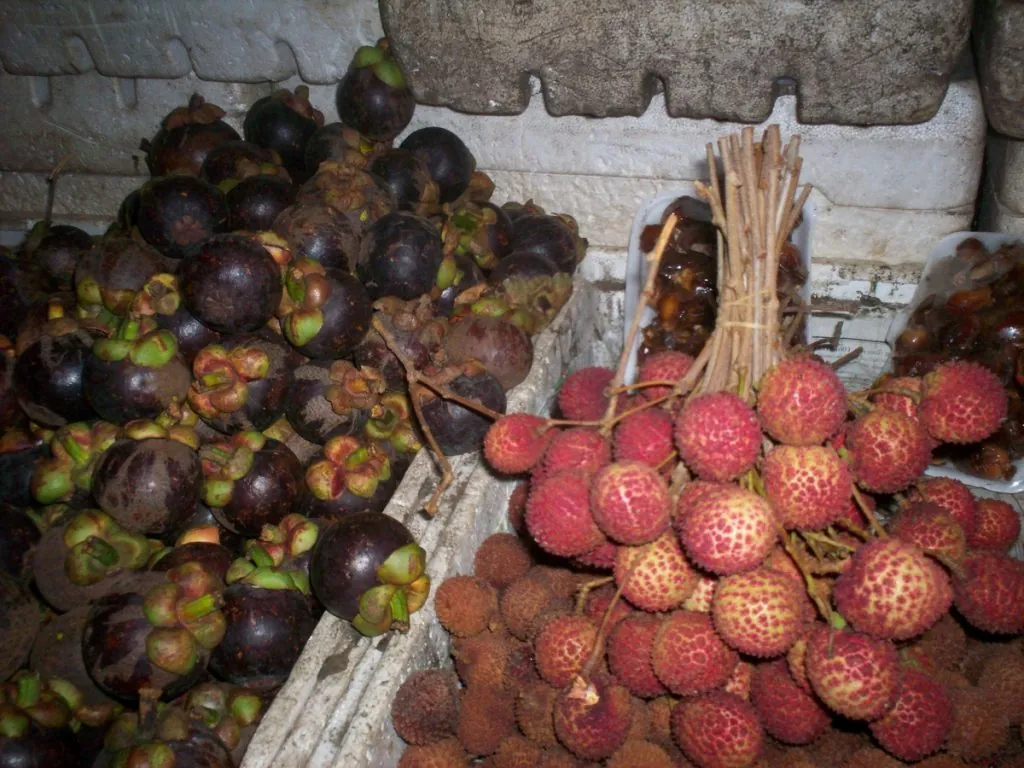
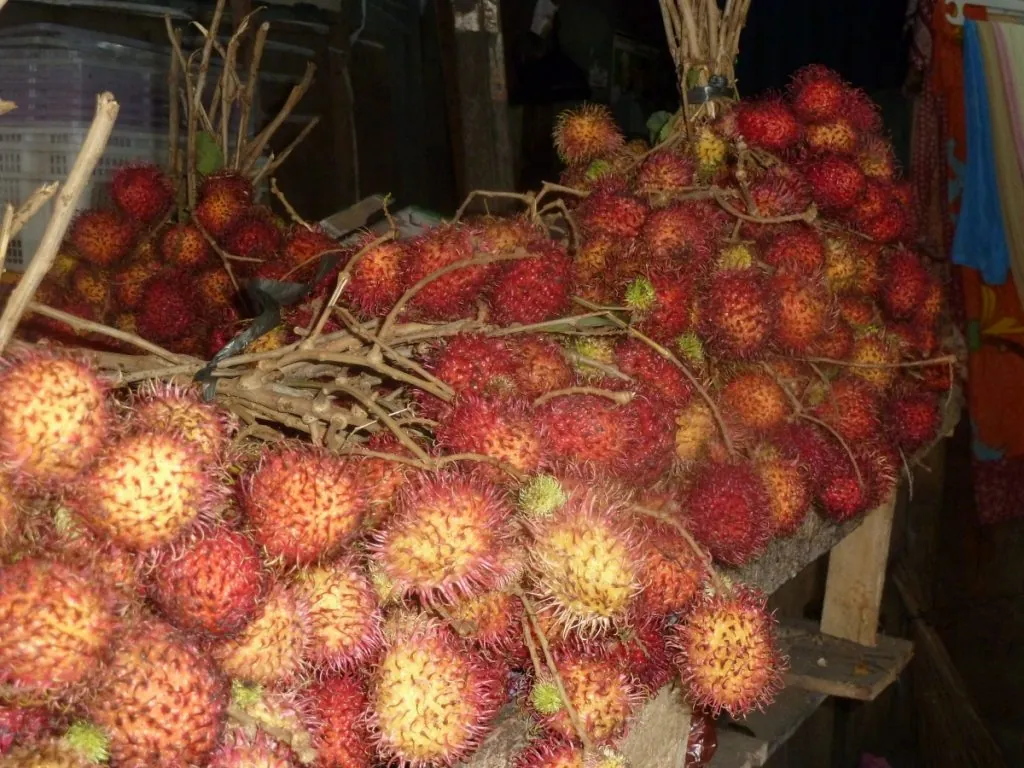
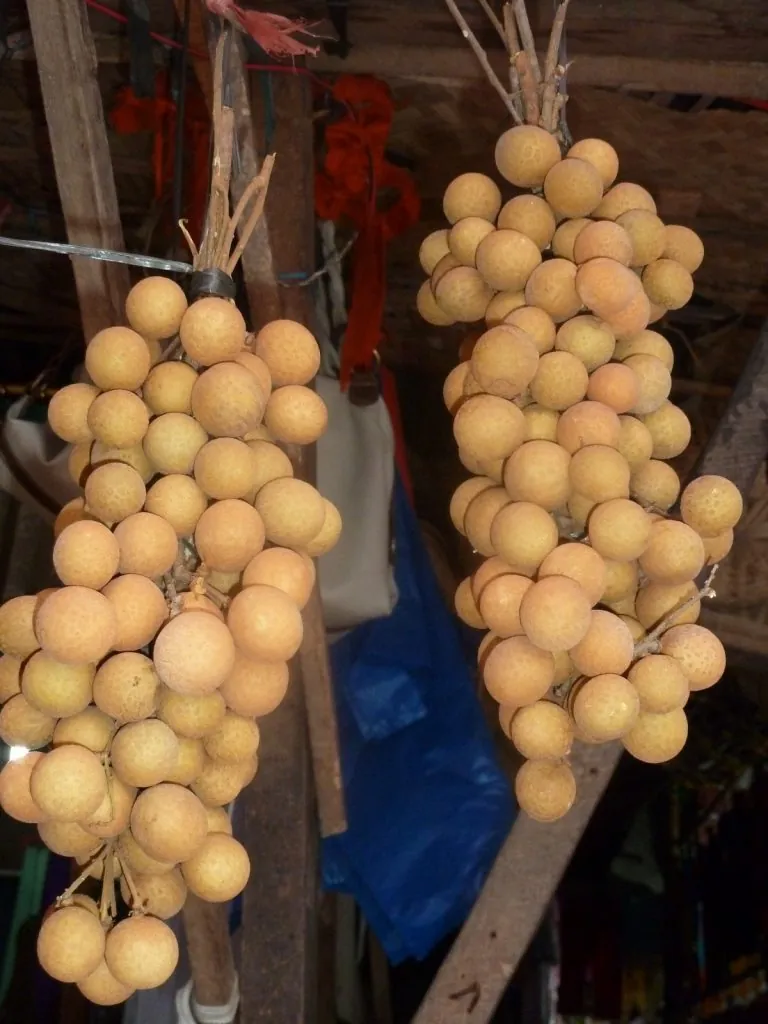
While travelling, I often see how everything grows too, sometimes wild, sometimes in cultivation. If I see something I don't recognise, it becomes body language again, I bring my hand to my mouth to ask if it is edible. Many of these varieties are never exported to Europe.
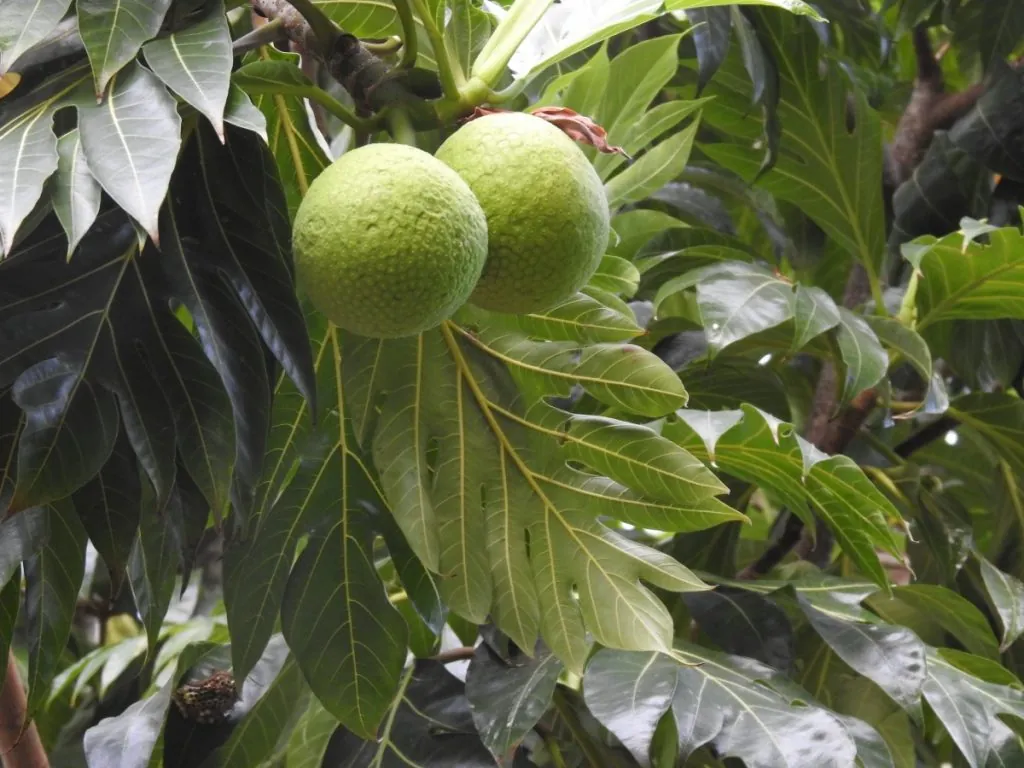
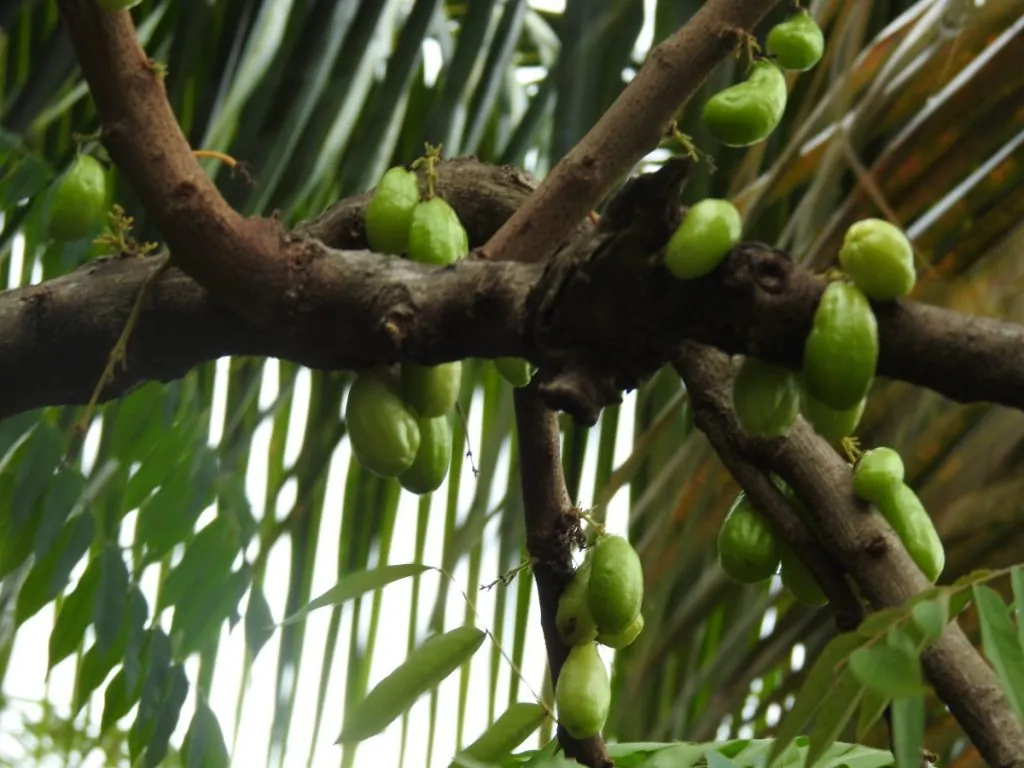
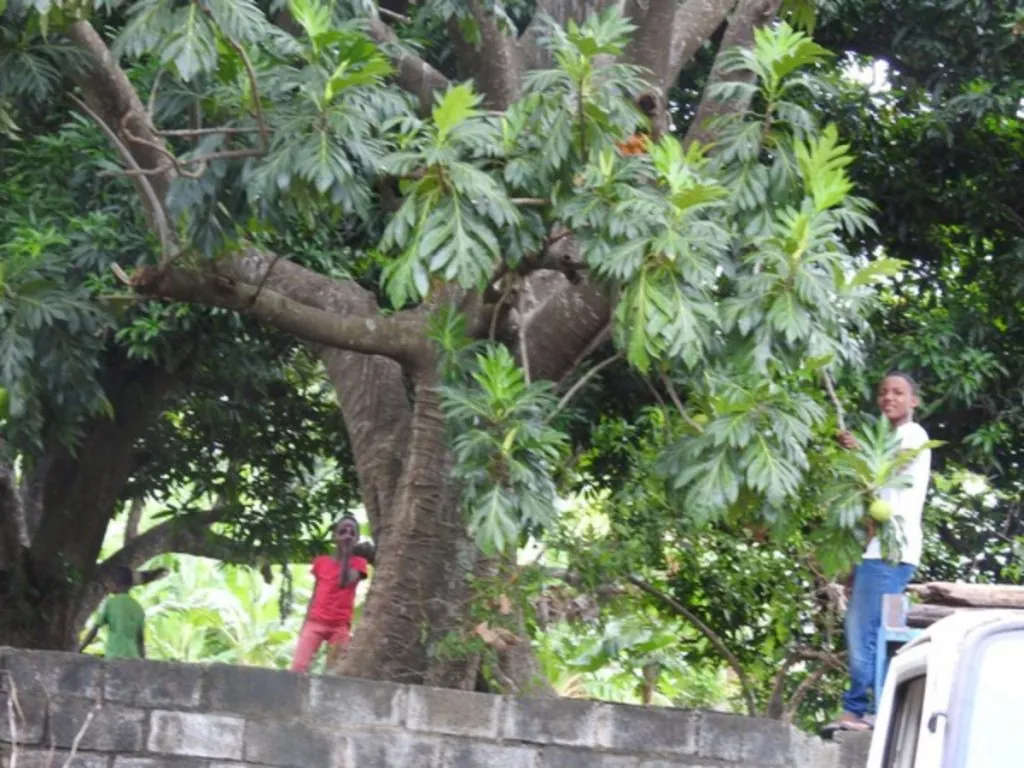
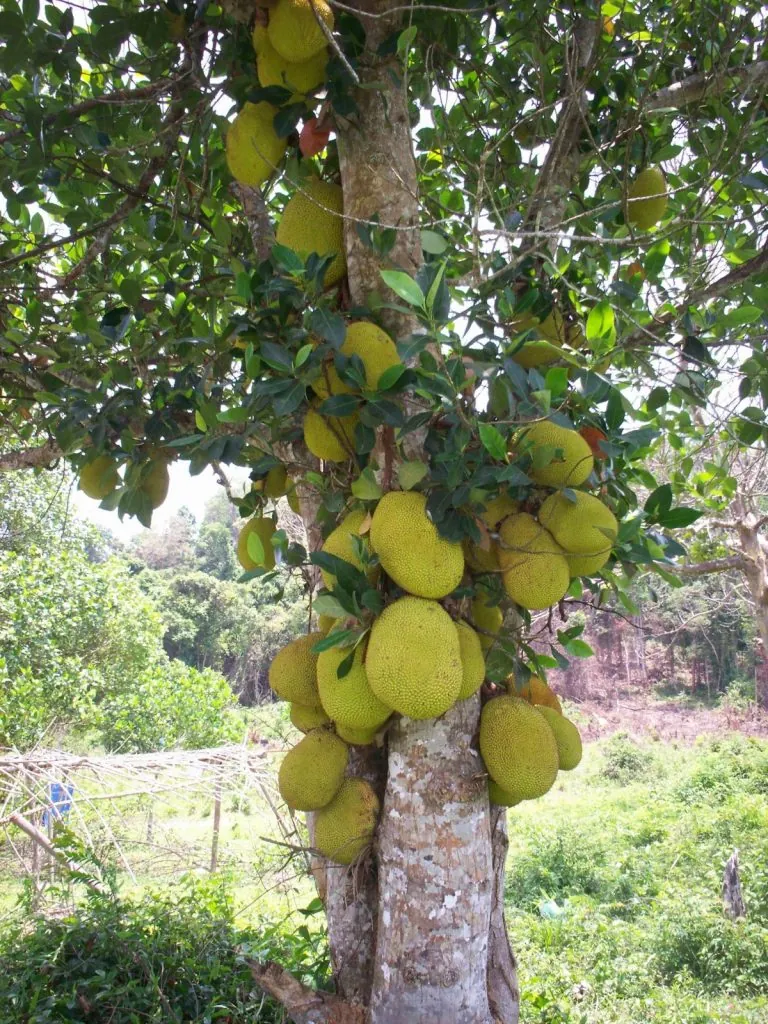
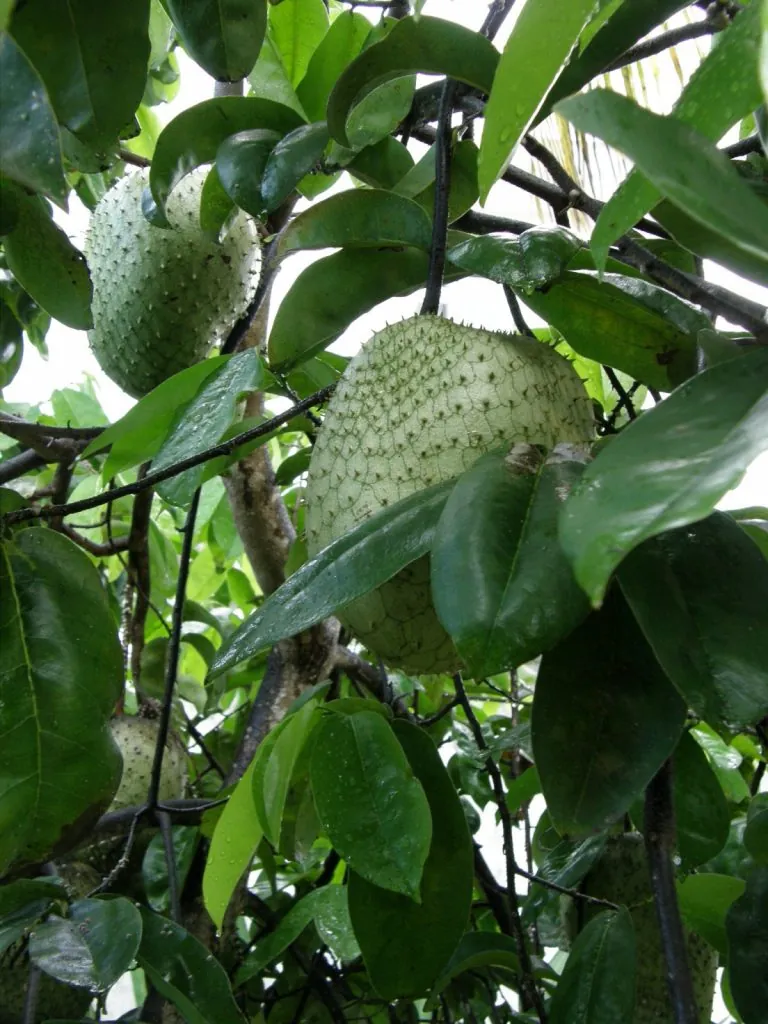
In the tropical and subtropical part of the world you can find so many exciting things... Bromeliads, species from the ginger family that are like a firework of colours.
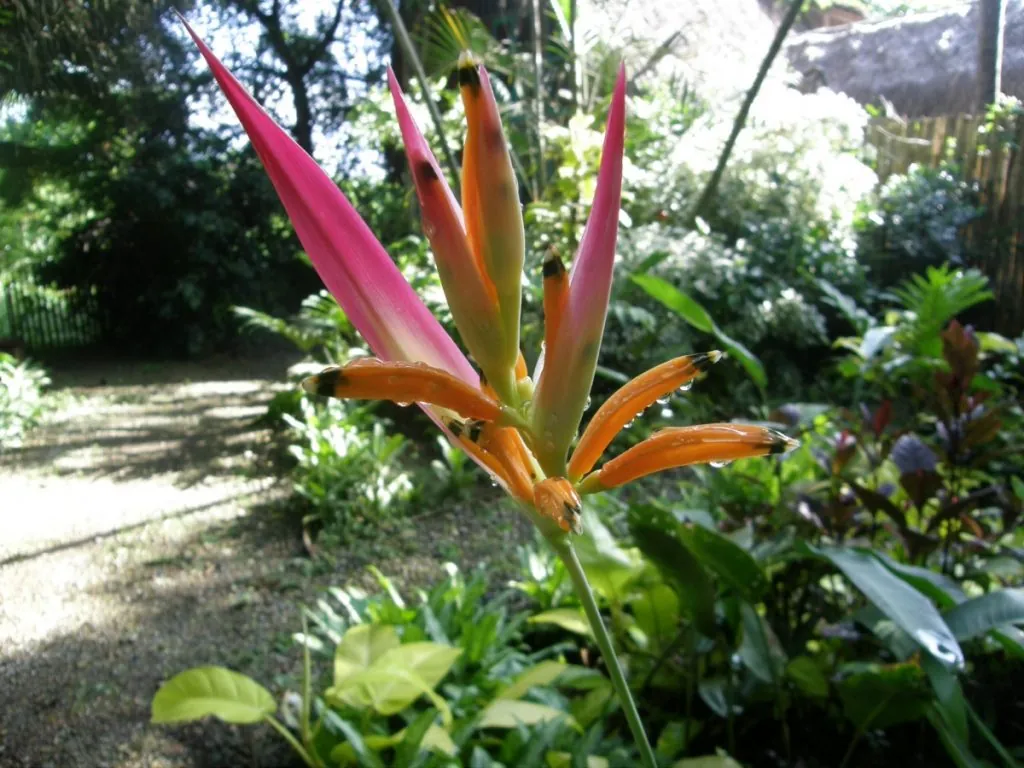
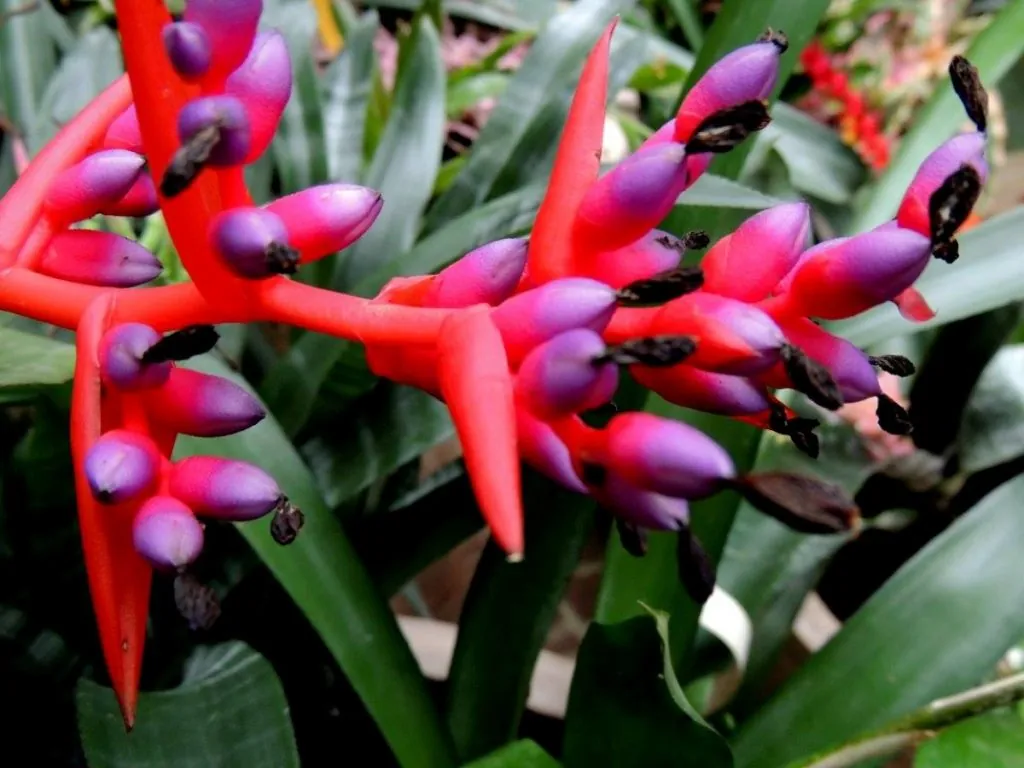
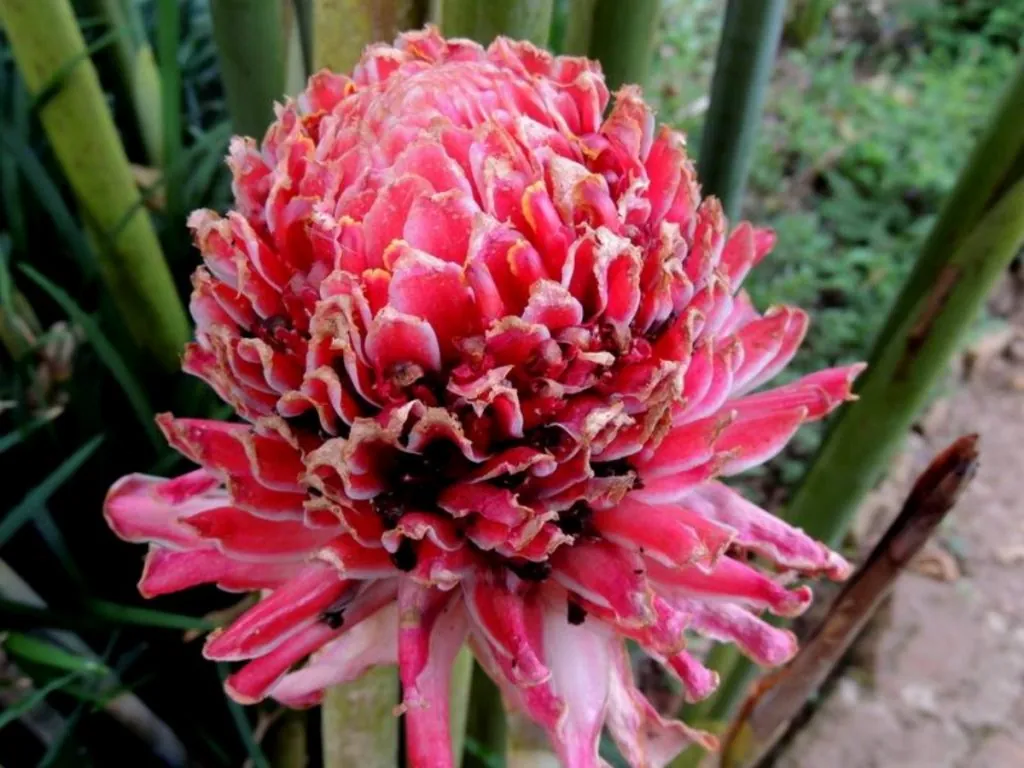
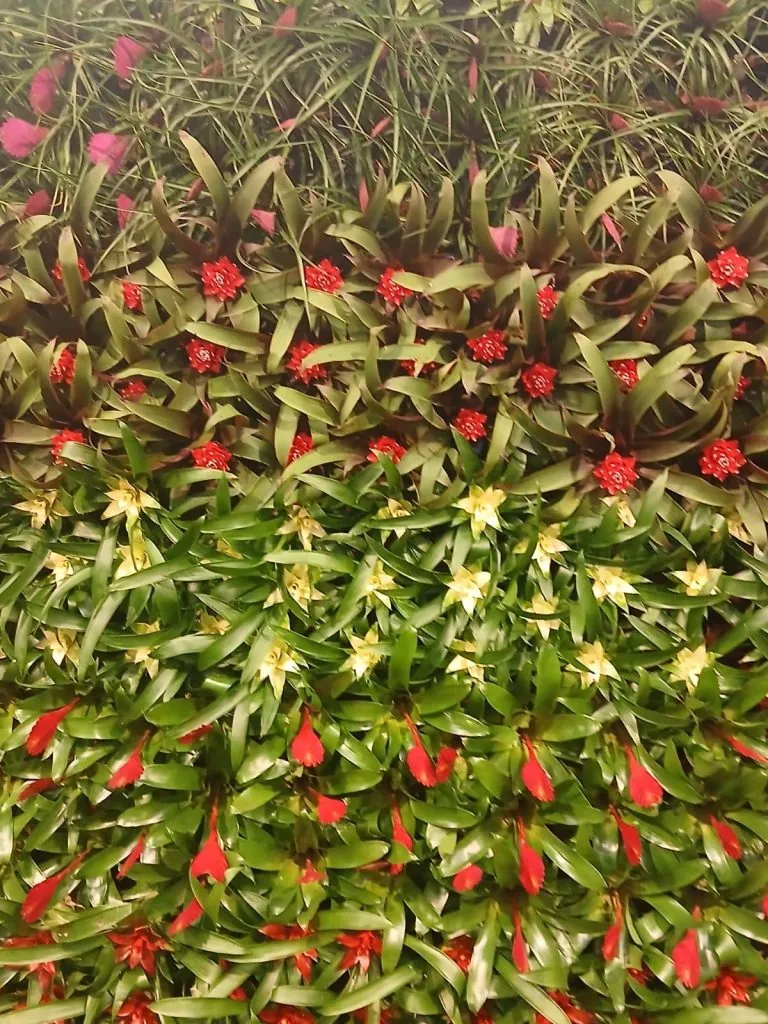
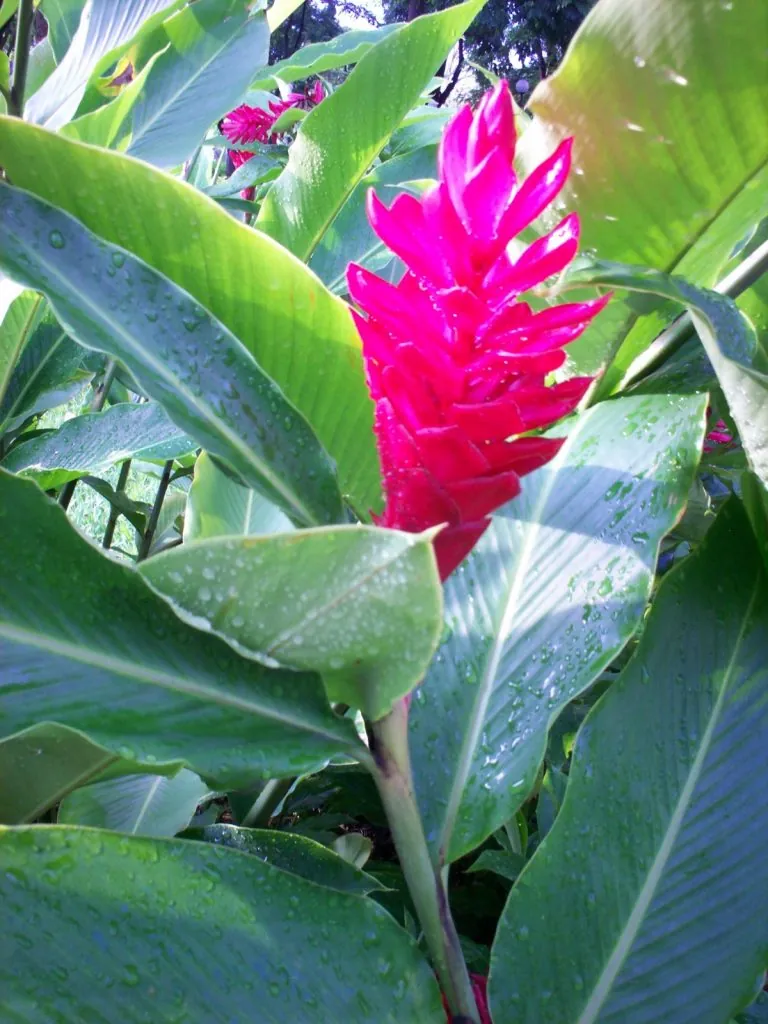
Spooning dragon fruit is better than ice cream! The dragon fruit comes from a twining cactus species.
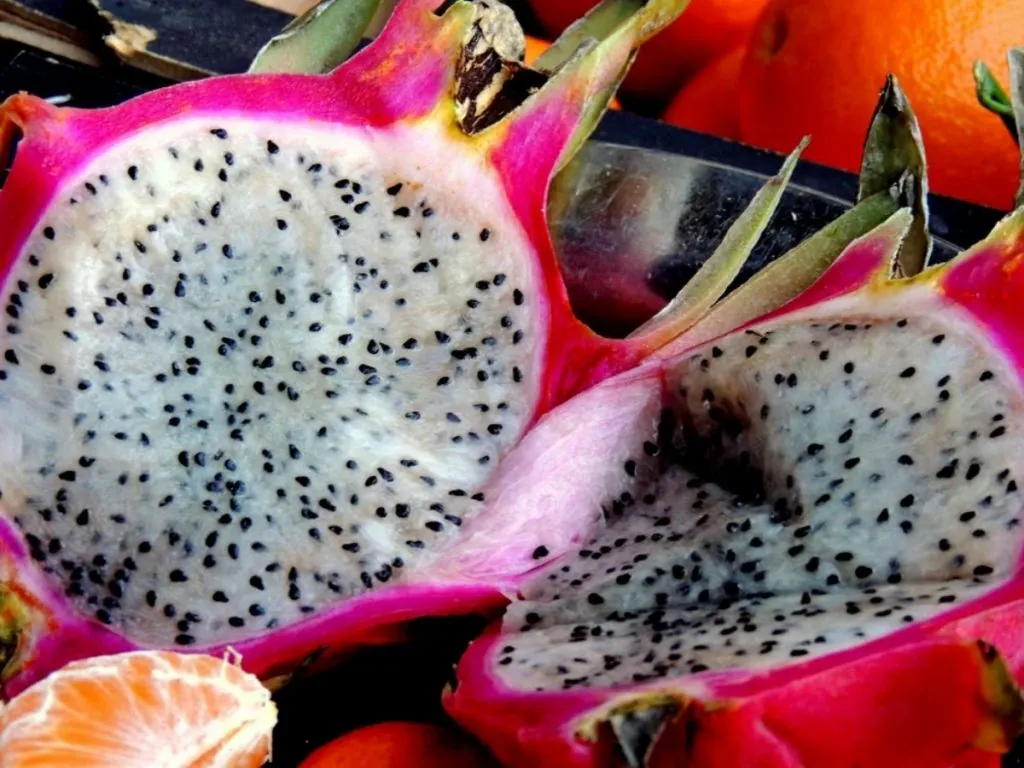

The world's largest flower is the rafflesia, an insectivorous plant that smells terrible. In Borneo I paid 2 dollars to a local who took me to one, the only photo I took was useless. Typical.
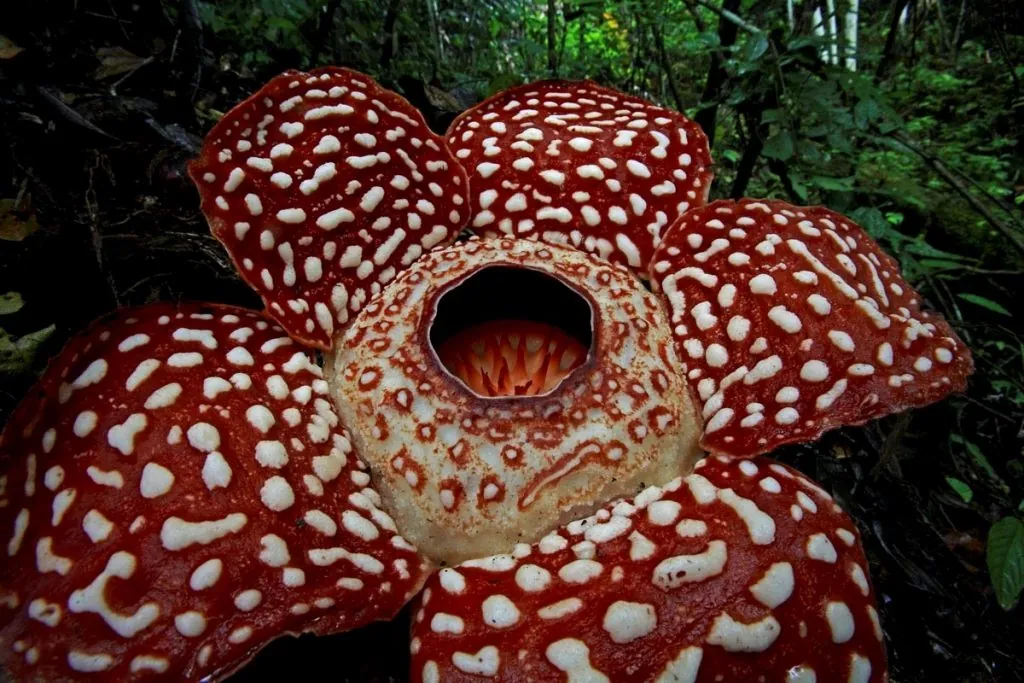
Of course, there have been many visits to botanical gardens over the years. The Botanical Gardens in Entebbe, Uganda, is famous because it was here that the first Tarzan film was shot, with Johhny Weismuller swinging from the vines.
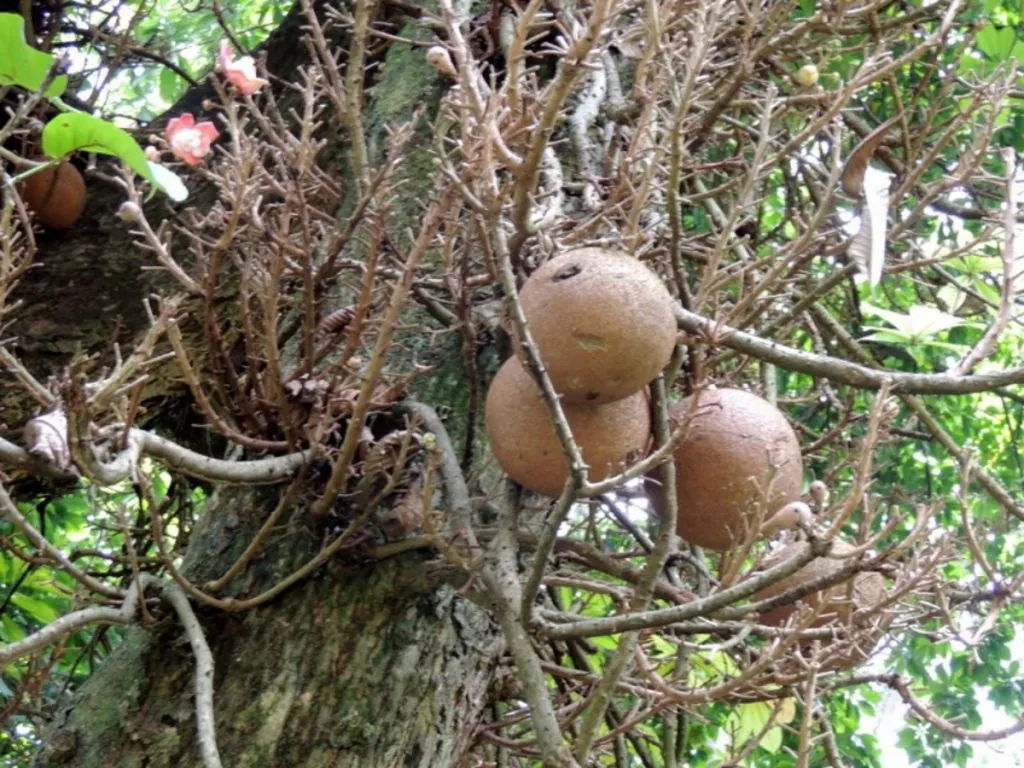
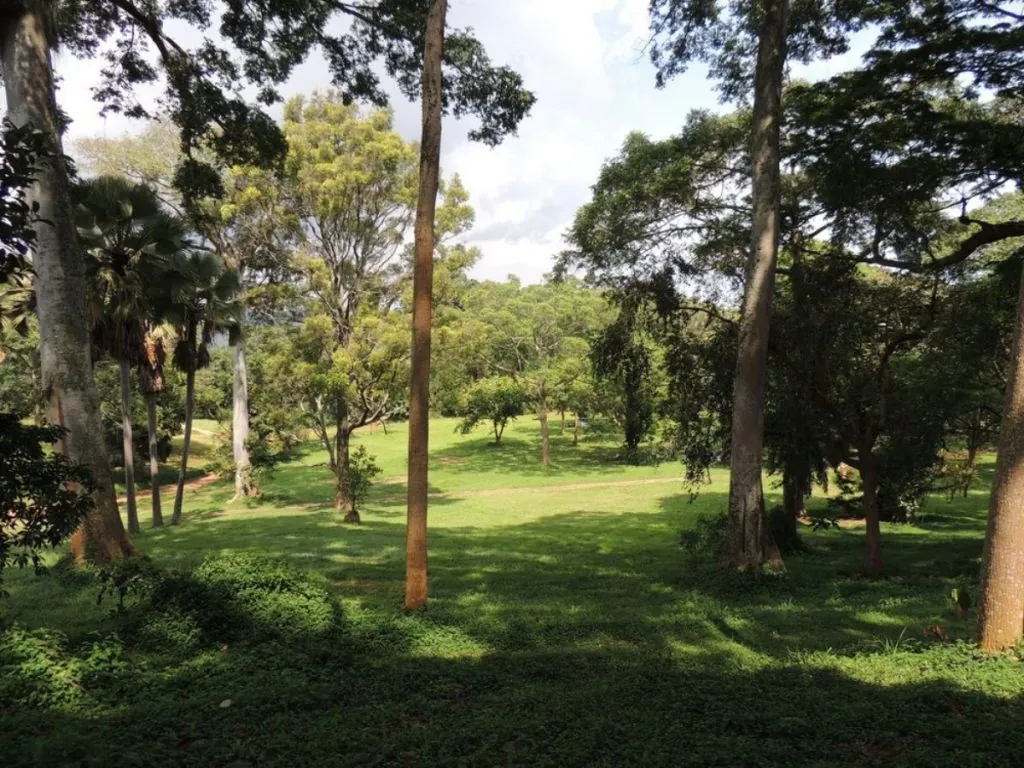
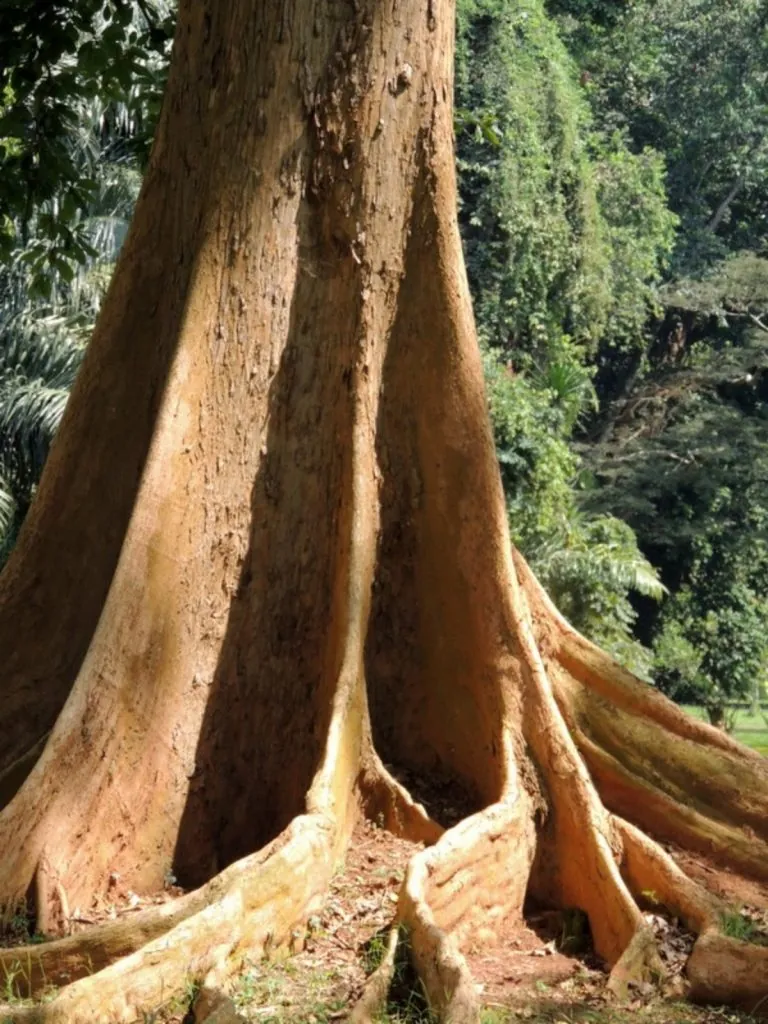
Growers, yes, of course I'm a bit out of touch with the industry, but if the opportunity arises, sure, I'll pop in or wander round among the trees and rows of crops.
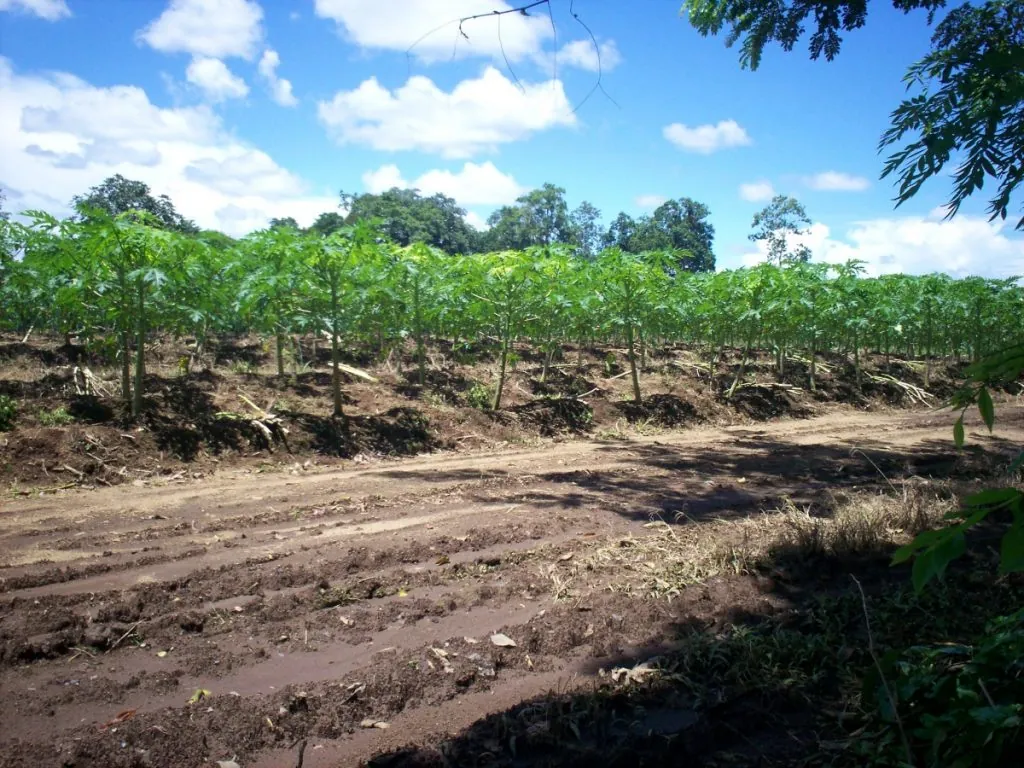
Like in Ecuador with an orchid grower.
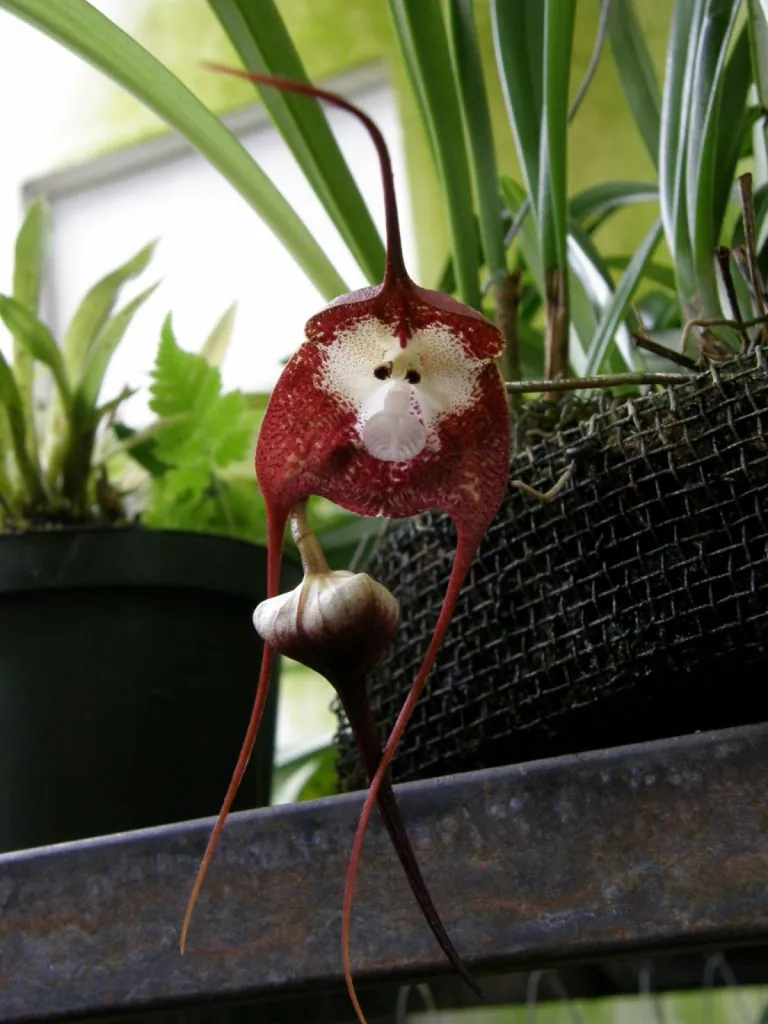
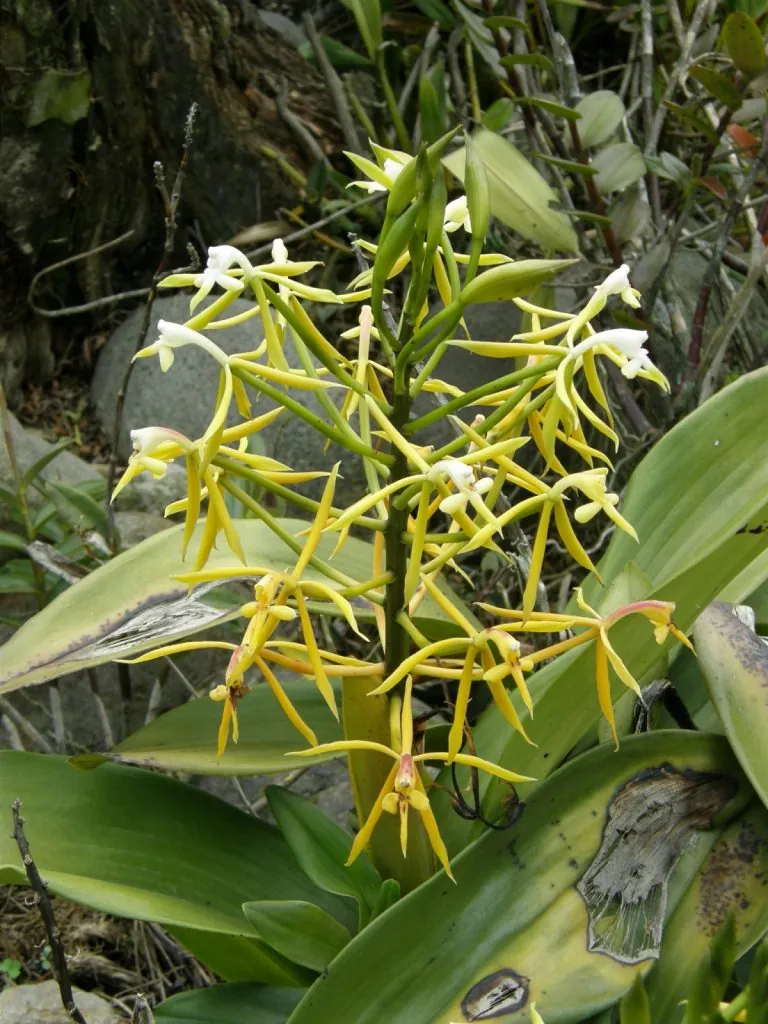
Or on a tiny cultivation of dragon blood trees on Socotra.

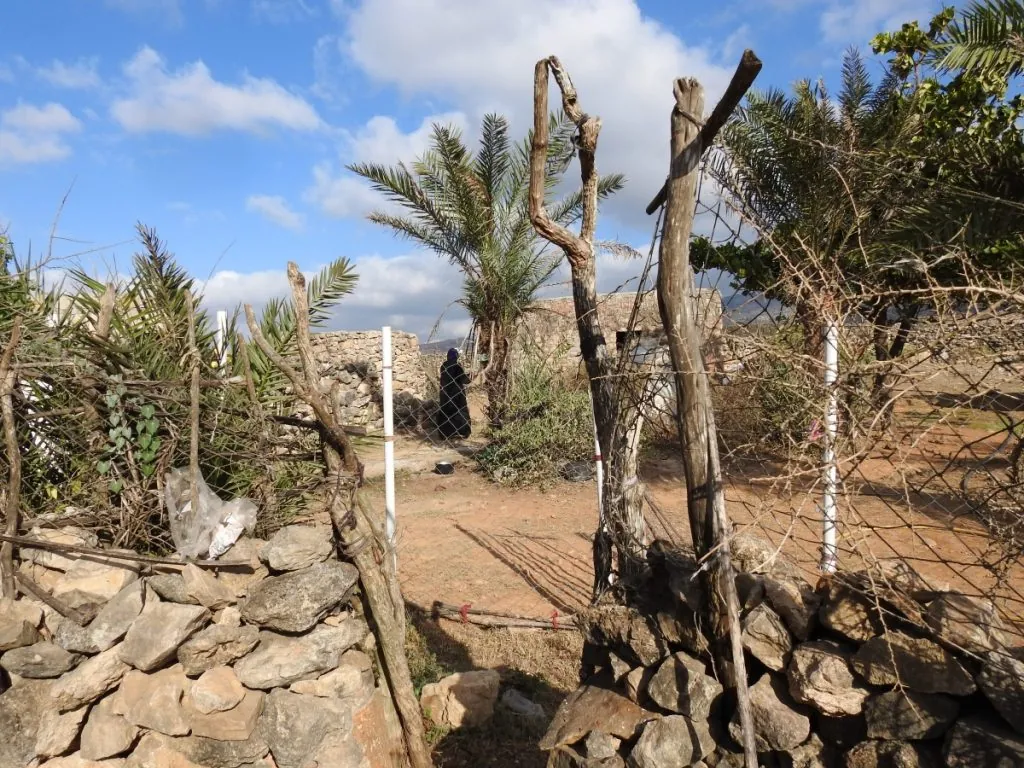
Perhaps the most interesting thing about tropical plants is their place in the cycle. Insects feeding on nectar and pollen, the air almost vibrates.
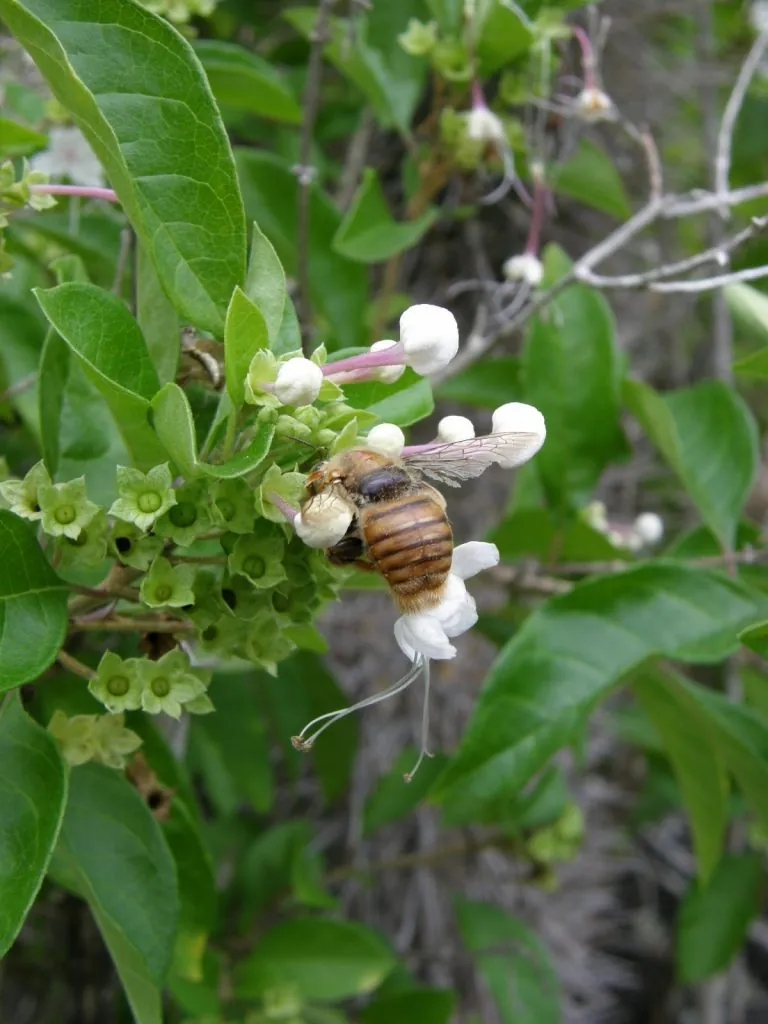
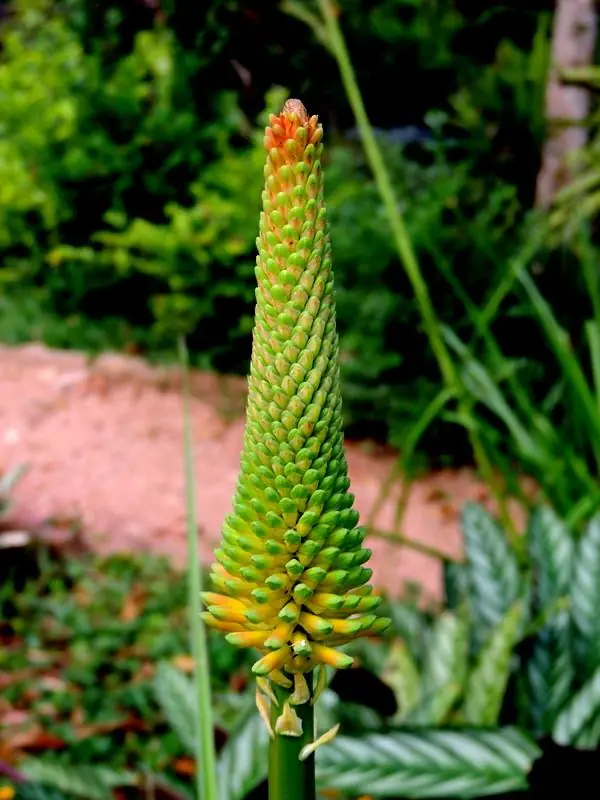
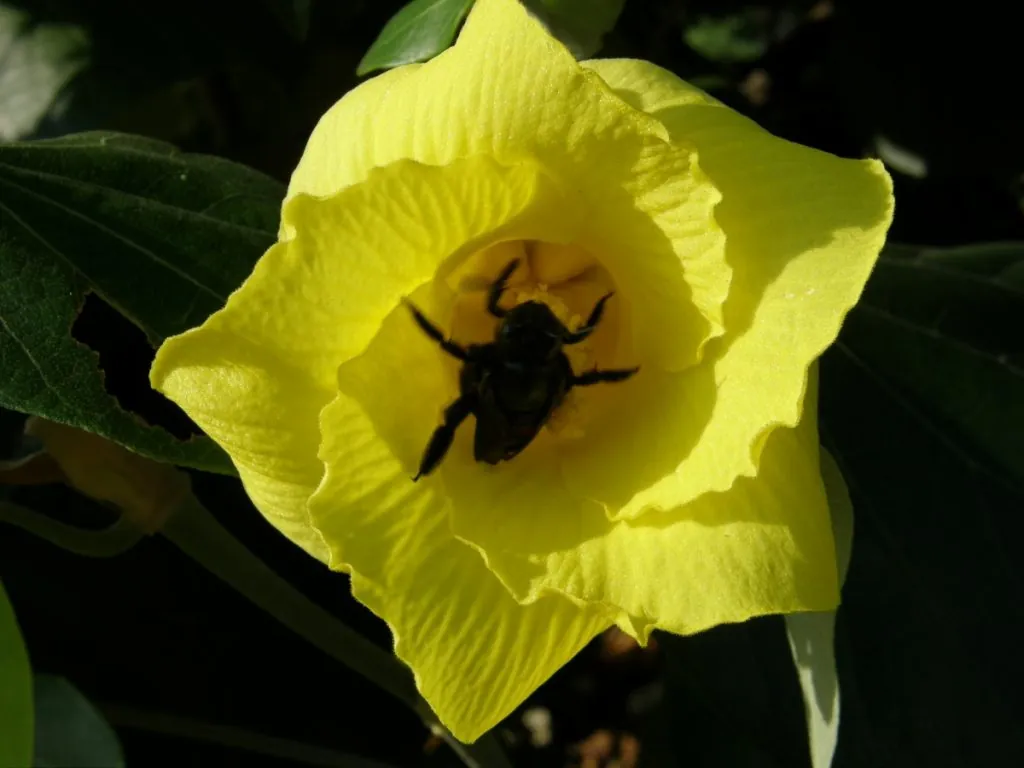
Epiphytes that cling to living substrates but do not feed on them.

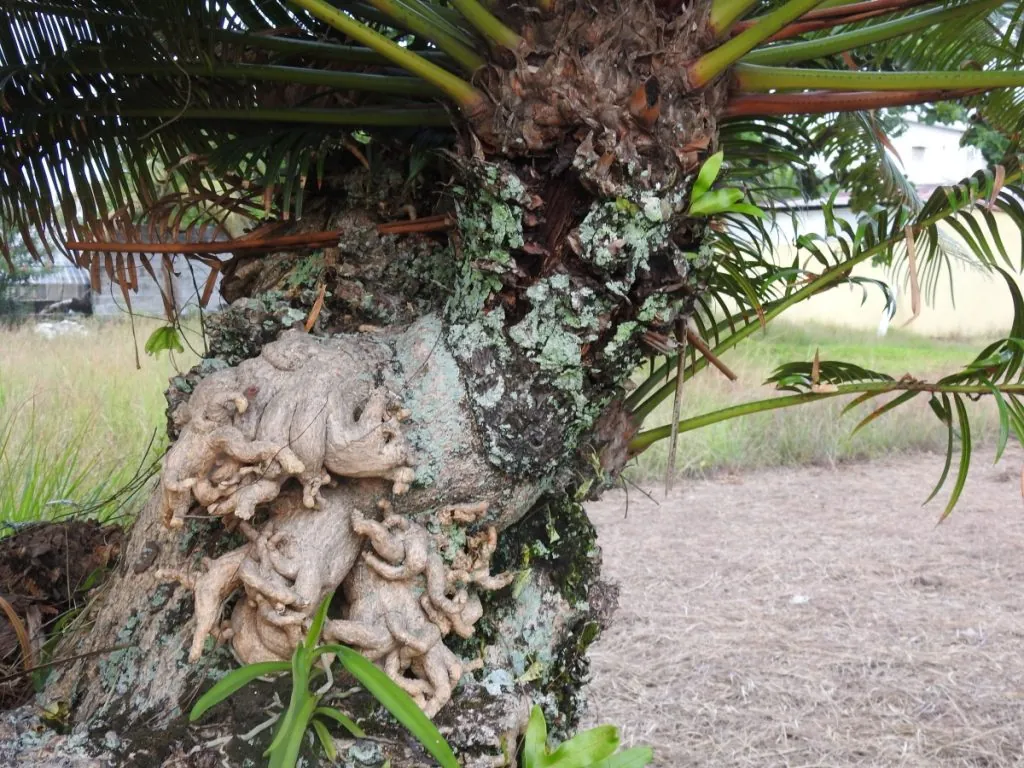
Parasitic plants that can kill an entire tree. Species that signal to animals and insects - Eat me, drink from me! Or vice versa.
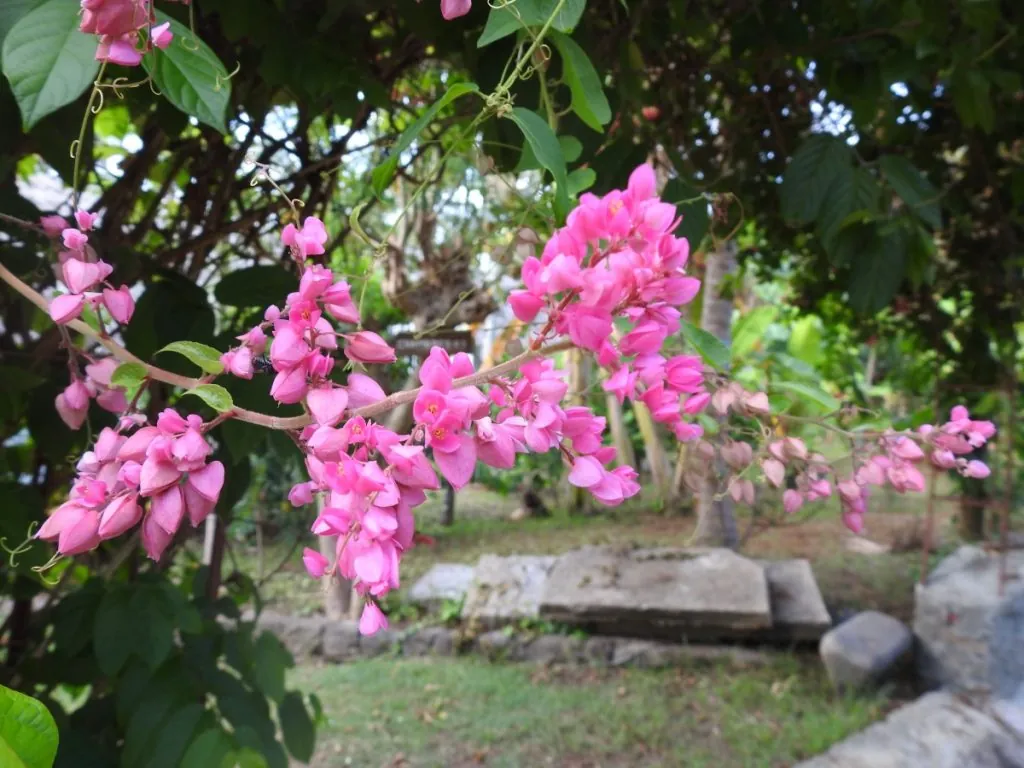
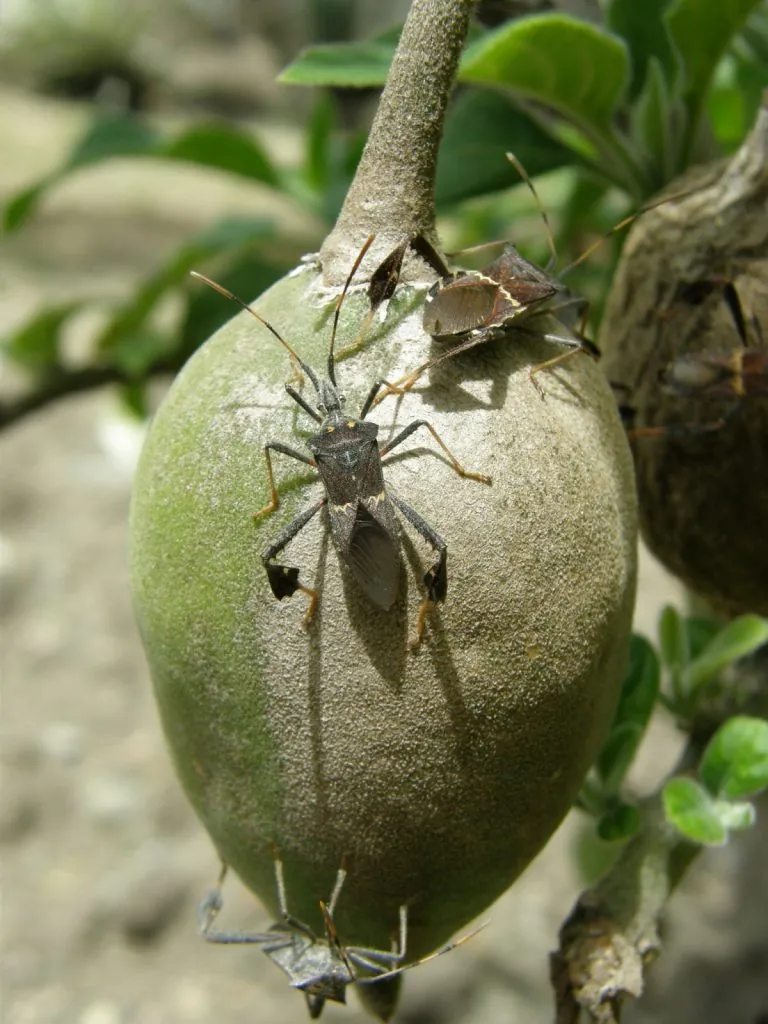
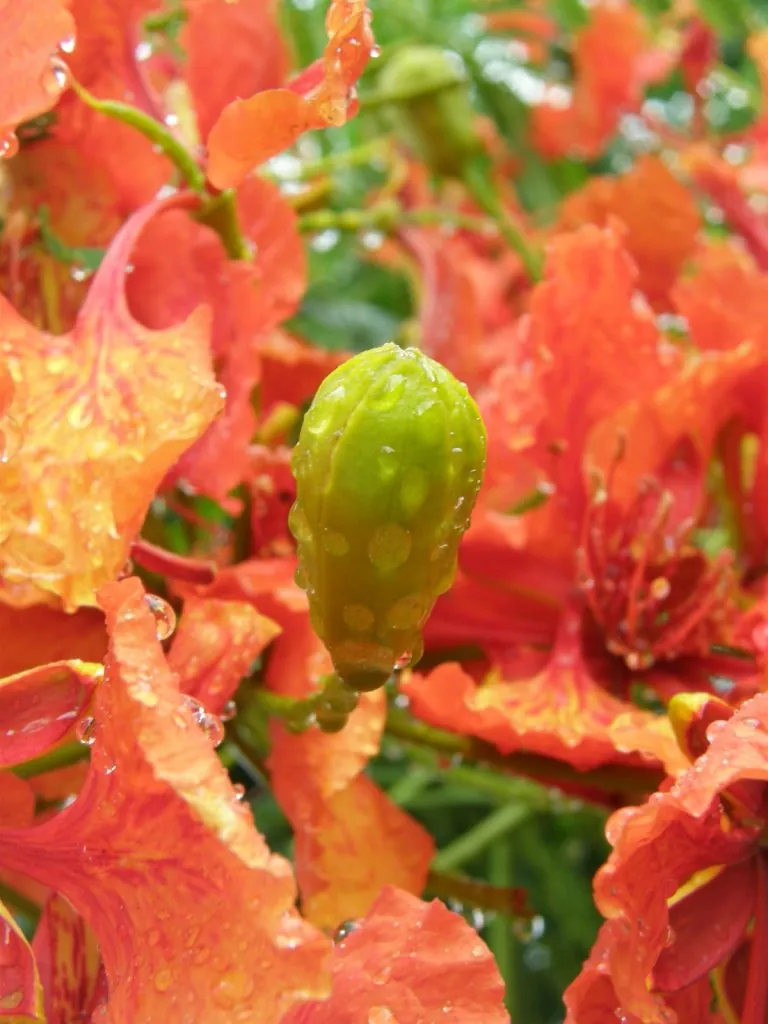
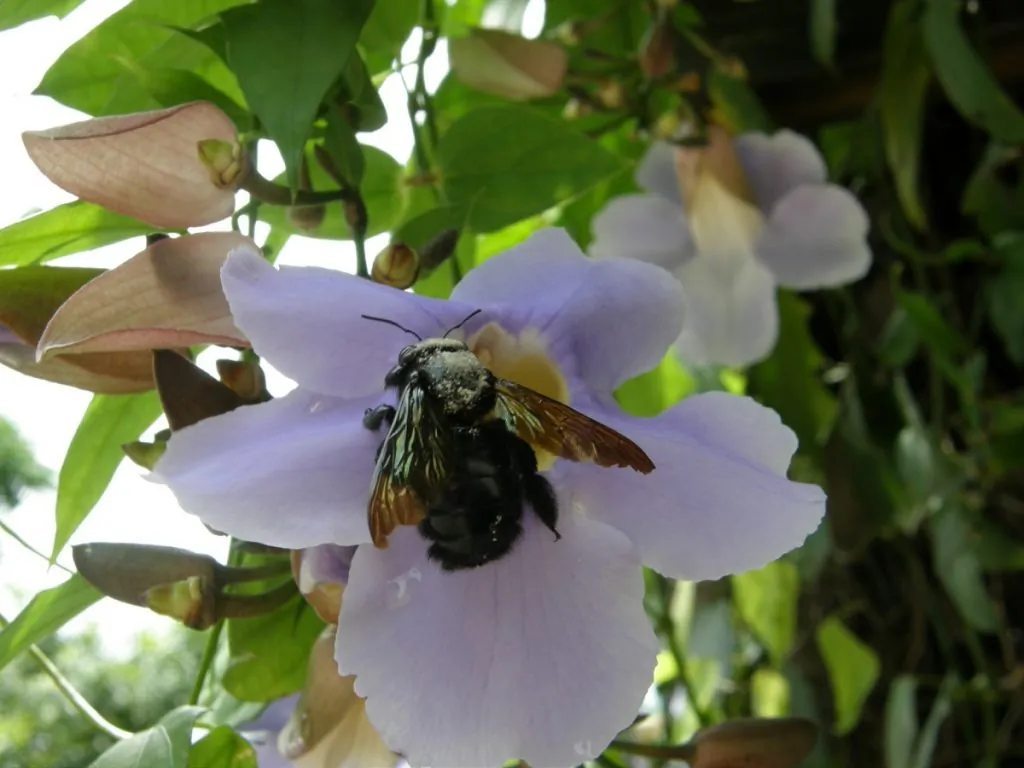
One flower named for its appearance is the sky-blue Clitoria, which looks like a female vulva.
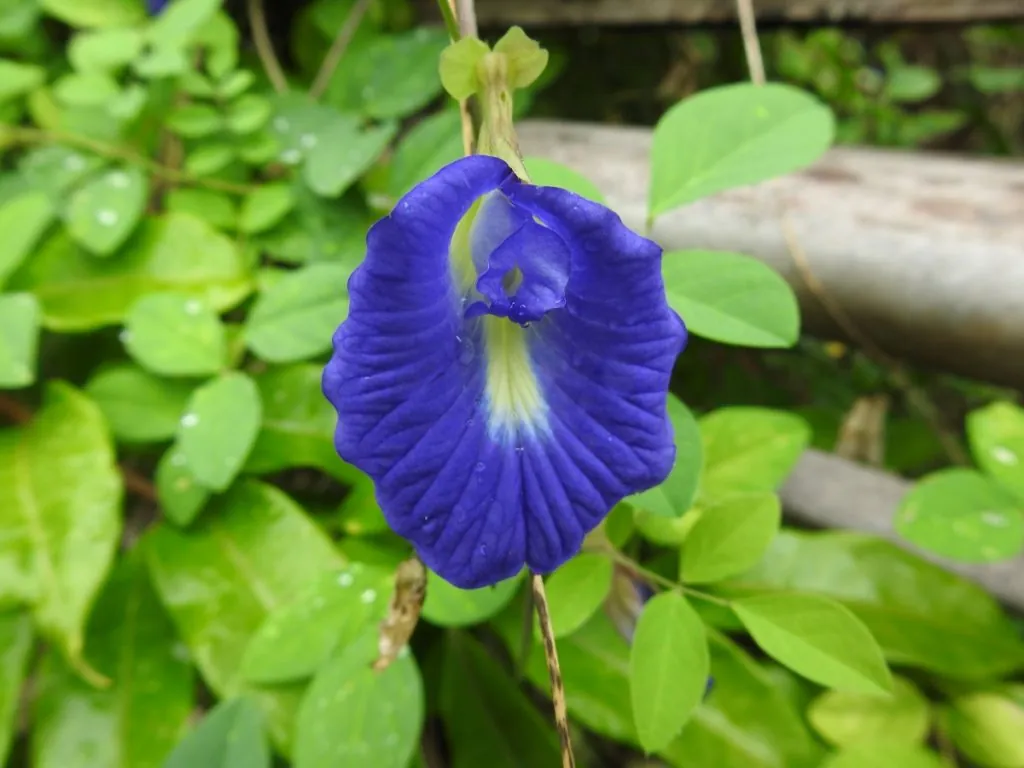
Early mornings and at dusk, the air is filled with sweet scents ...
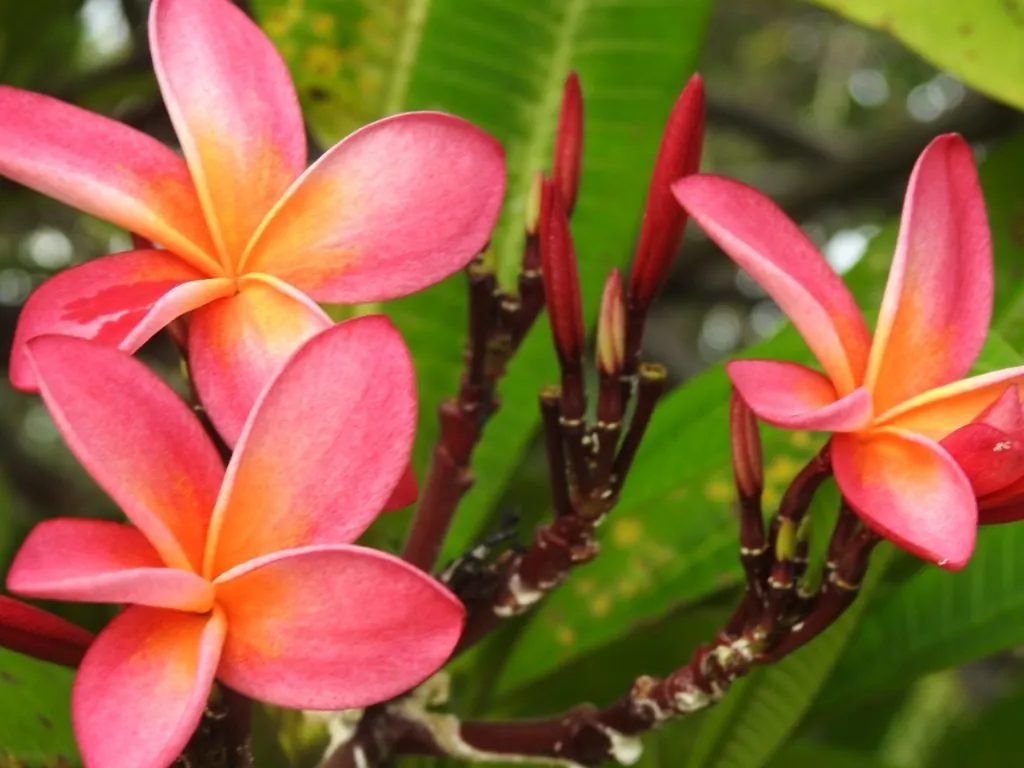
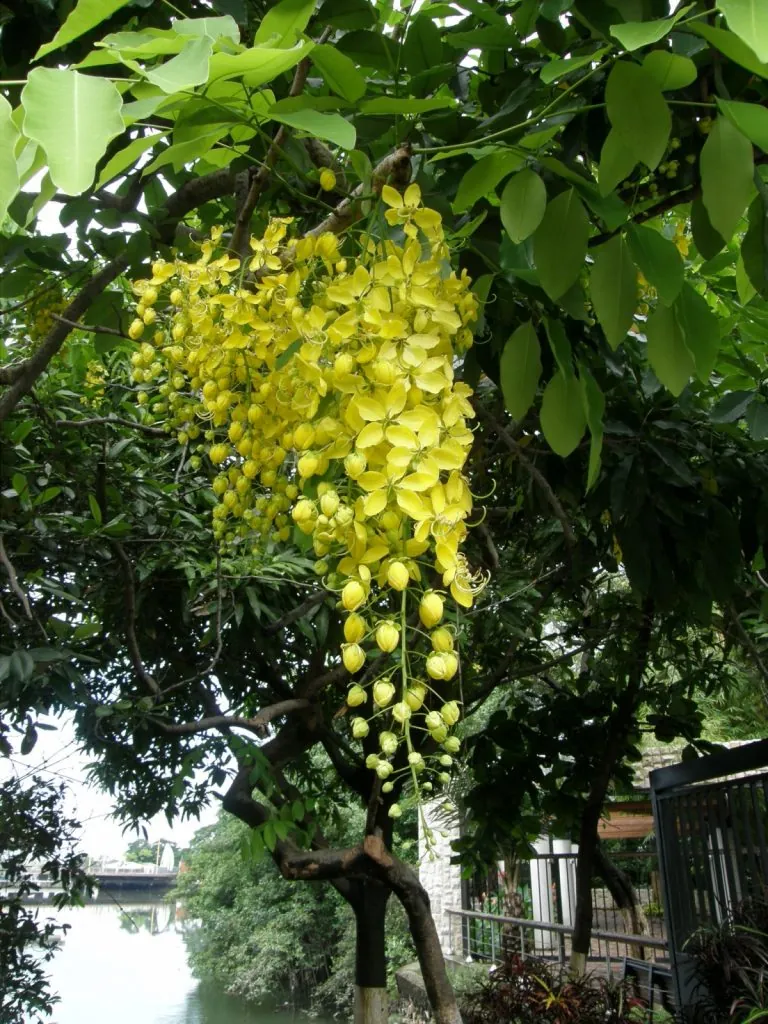
Or maybe it smells like corpses, the flowers of the ash flower smell like anything but raspberries!
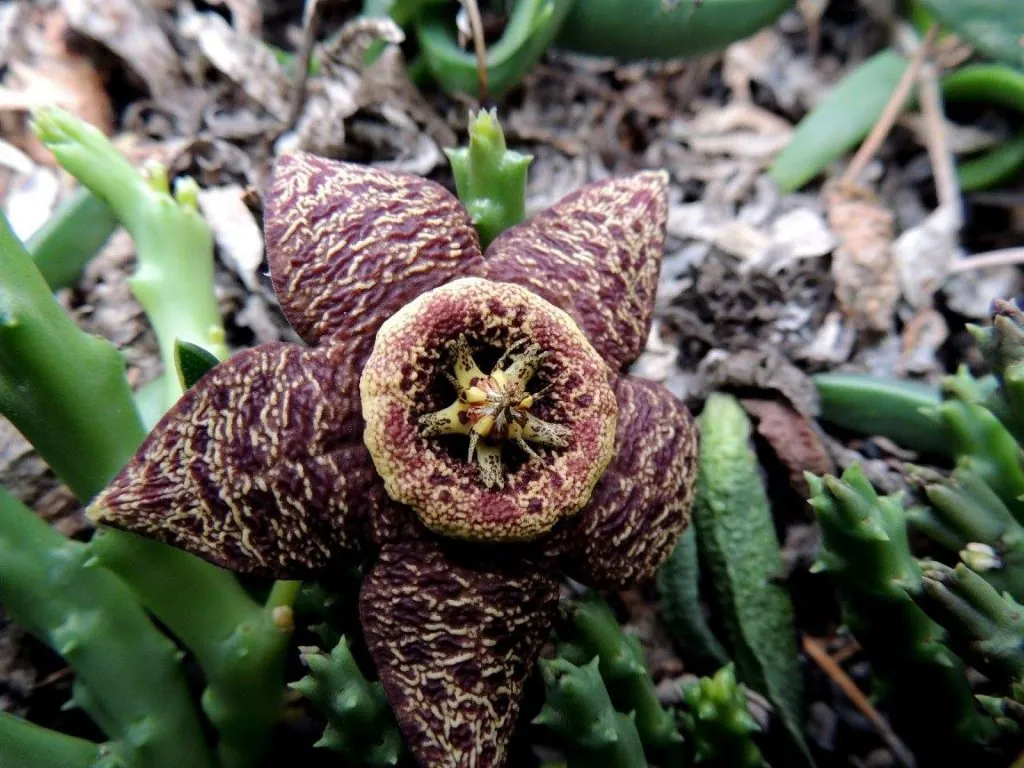
To be able to drink your morning coffee and smoke a cigar, overlooking this ... Life on a stick sort of thing.
Many plants we have as houseplants at home, but in a different size.
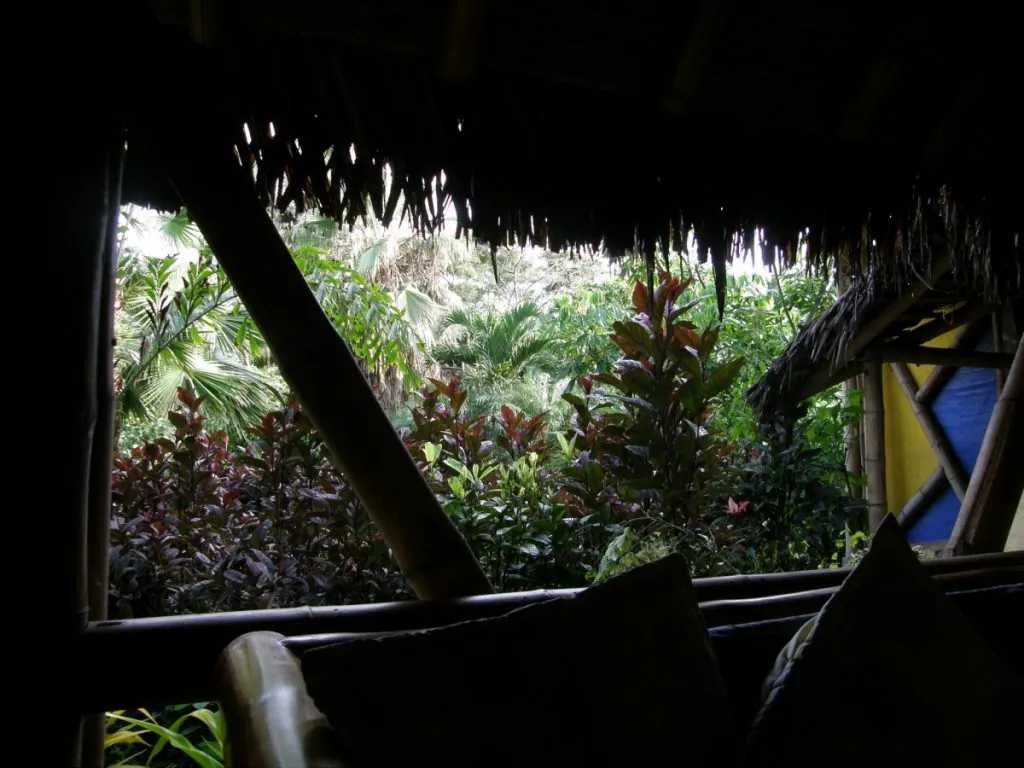
Plants in the desert or semi-desert are a story in themselves. Drought and poor conditions have created a flora of species that can withstand long periods of sun and dehydration. They may have thick, swollen roots and stems that retain the liquid inside. Caudex is a collective name for those plants that have a swollen plant part as a water reservoir.
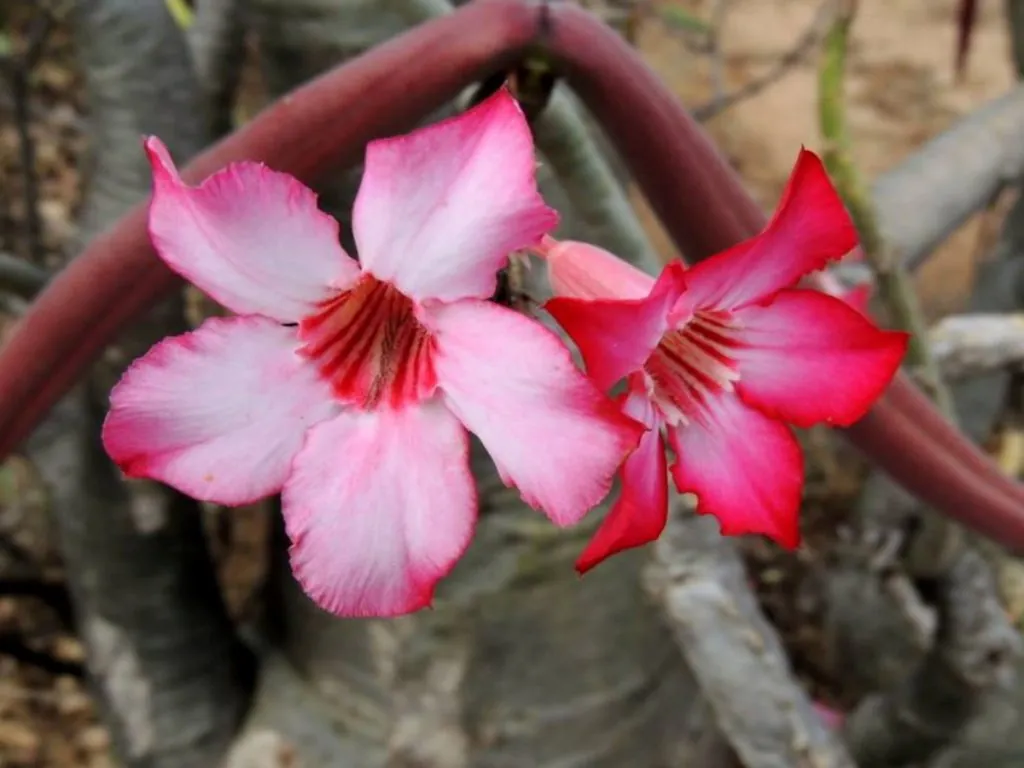
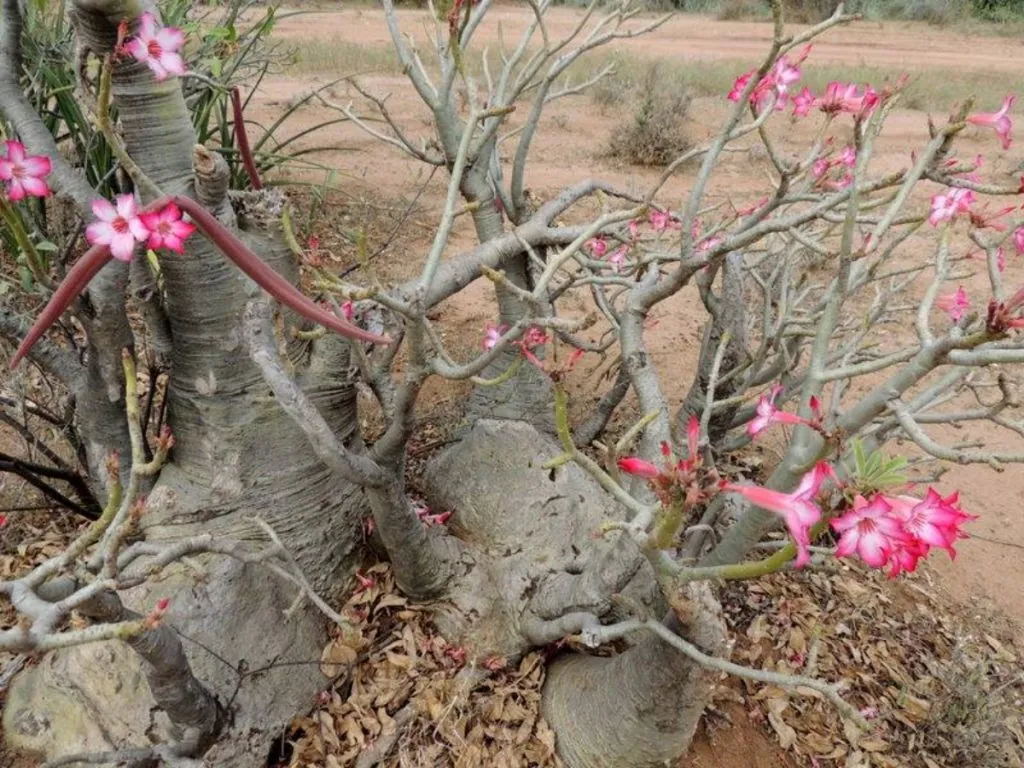
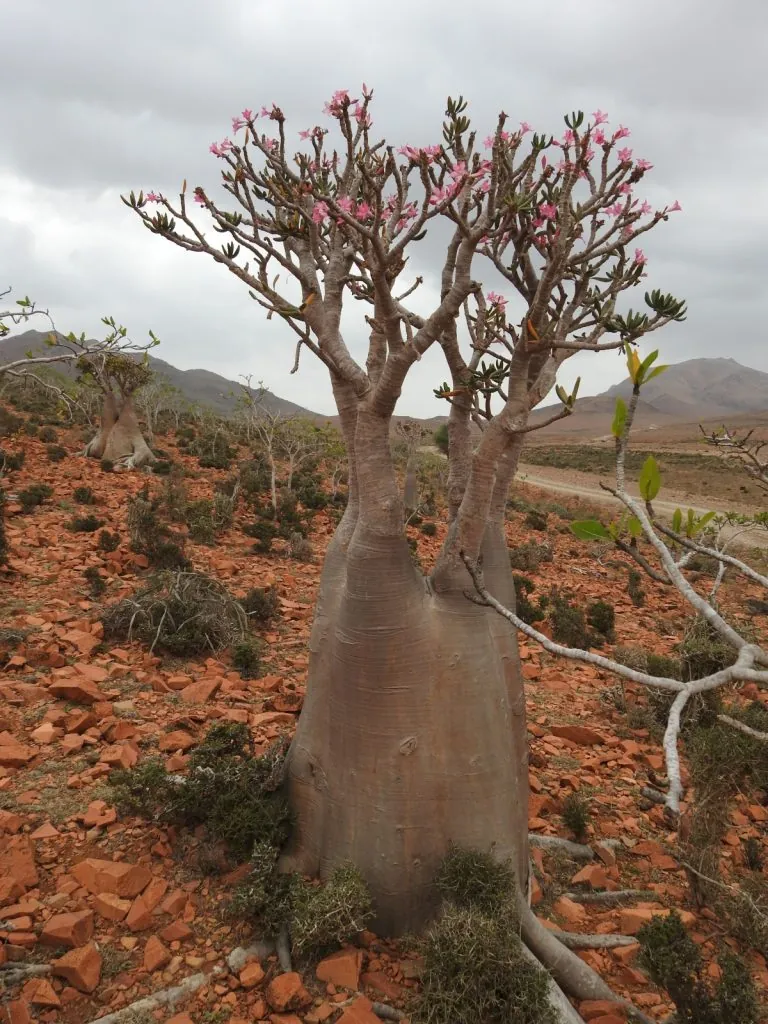
Or swollen leaves and branches like those of succulents and cacti. Nature is incredibly inventive.


Exciting are the trees and plants that have a cultural or religious significance. The baobab tree is one of them where each country or region has its own baobab story to tell.
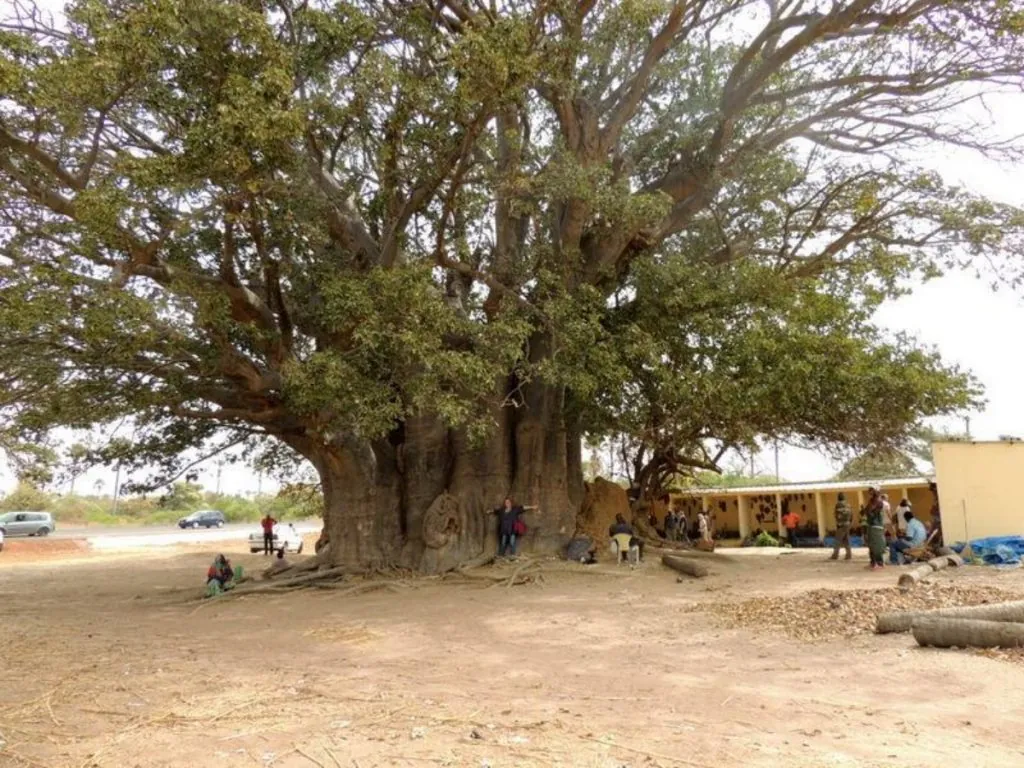
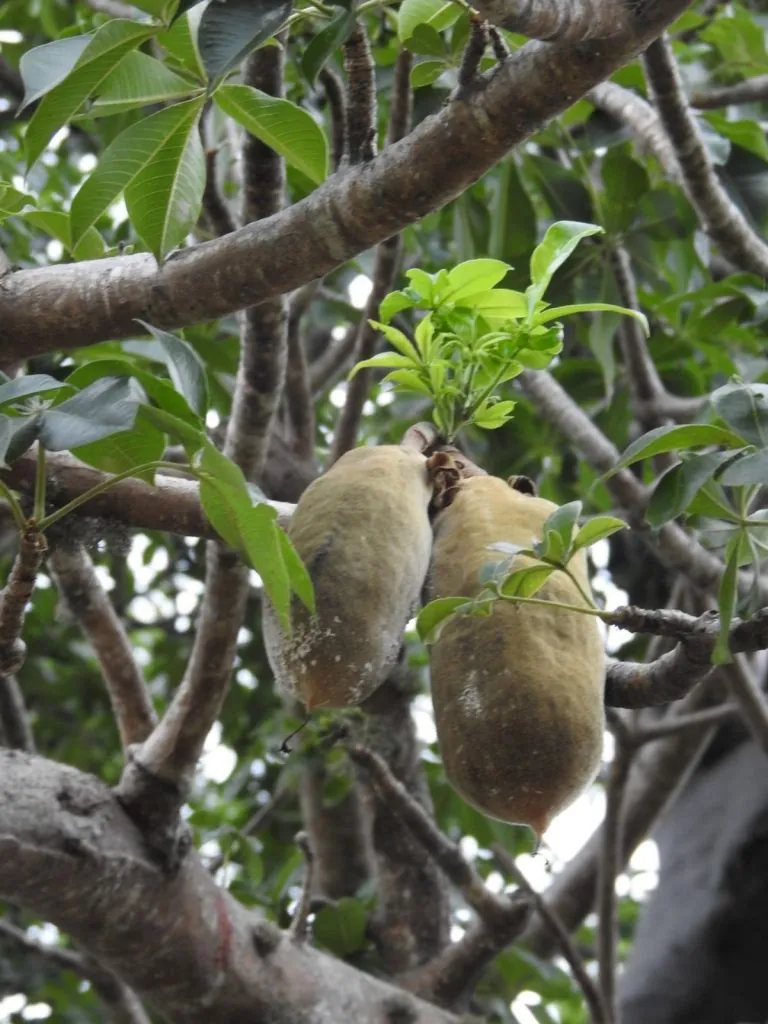
The dragon's blood tree on Socotra is another tree that has a wide range of uses, including folklore.
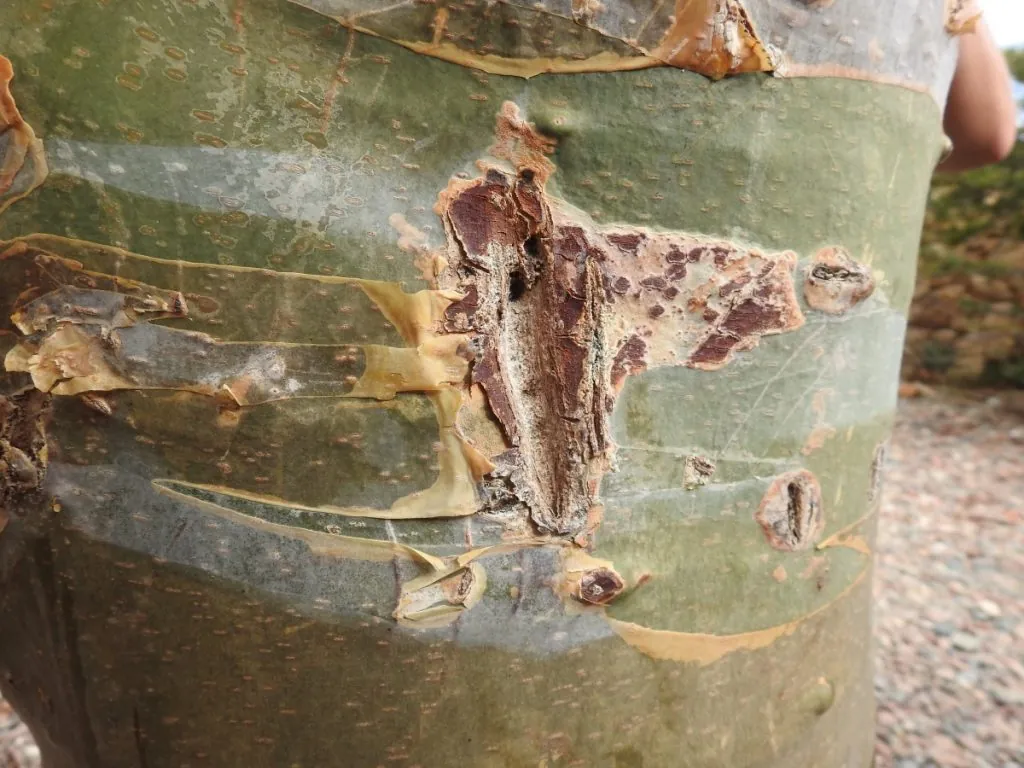
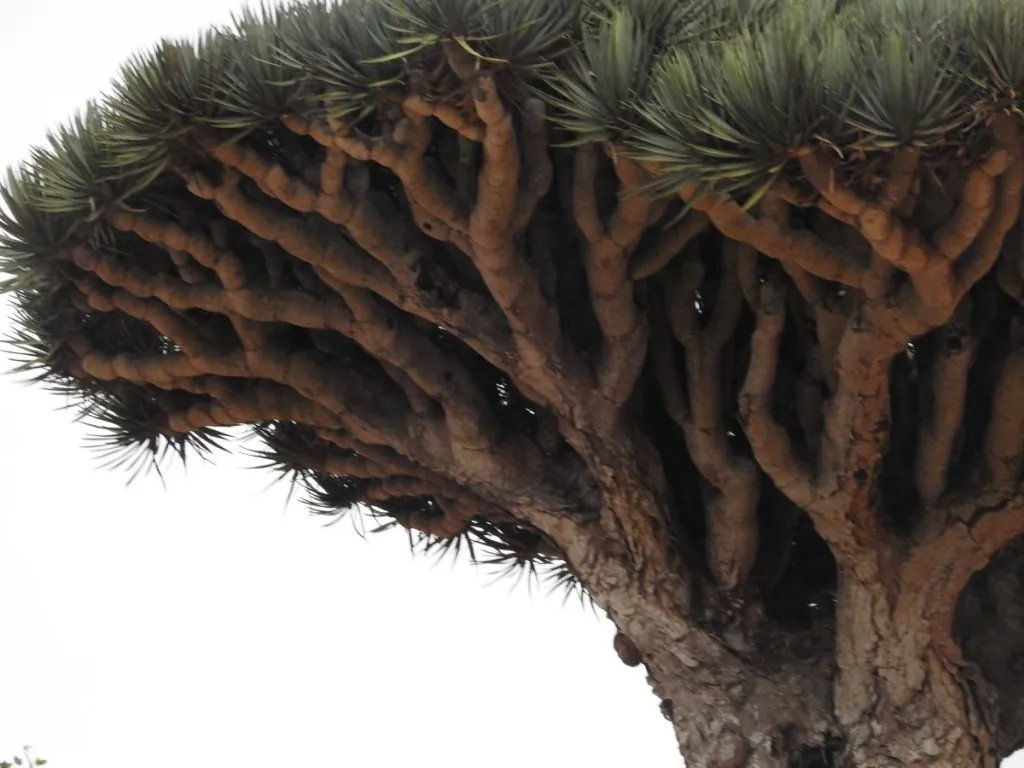
The lotus flower is important in the Buddhist faith, with different colours having different meanings. All parts of the lotus are edible and the seeds are eaten like nuts.
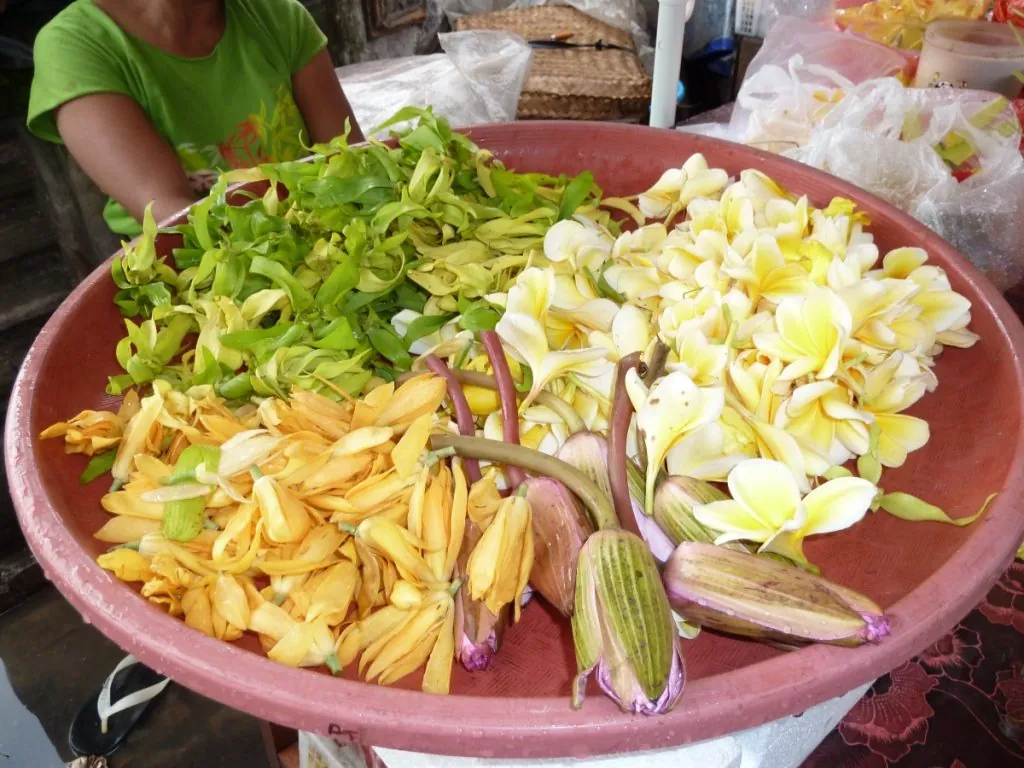
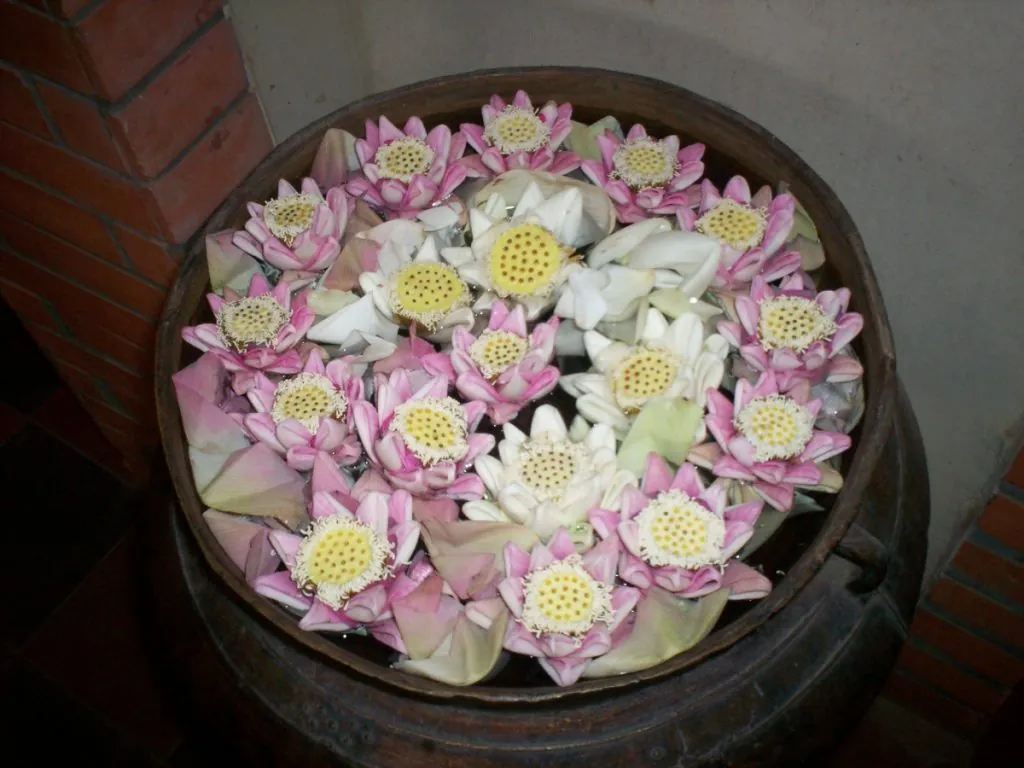
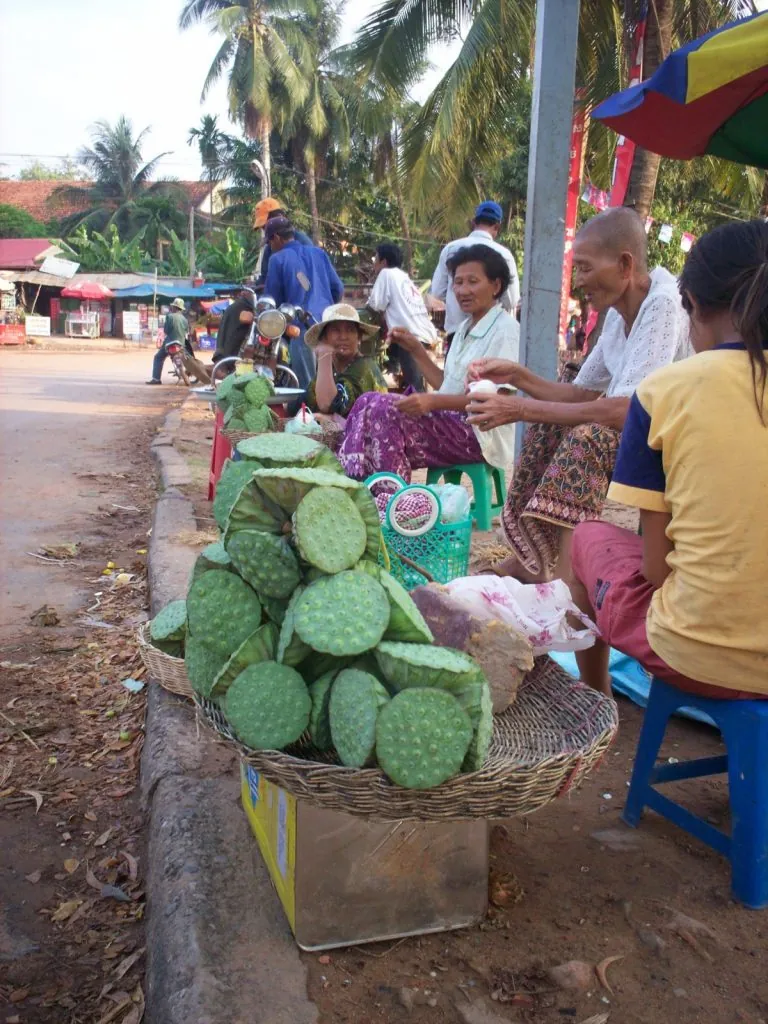
Sure, it's an itch to take home a cuttings or a seed capsule, but can you?
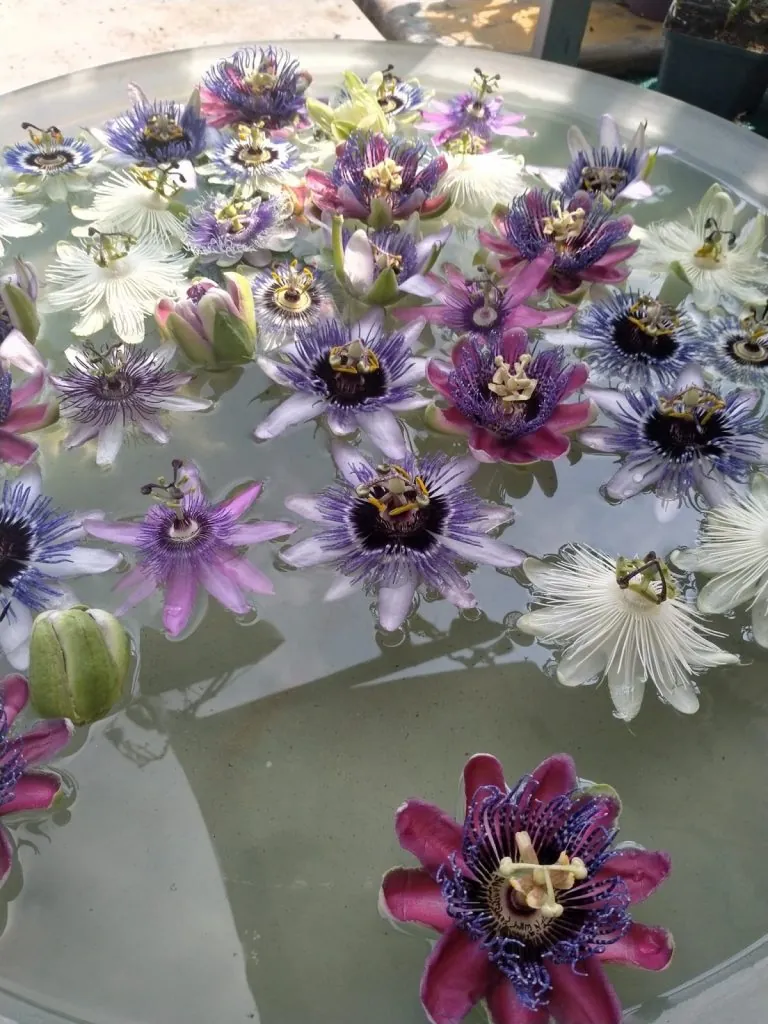
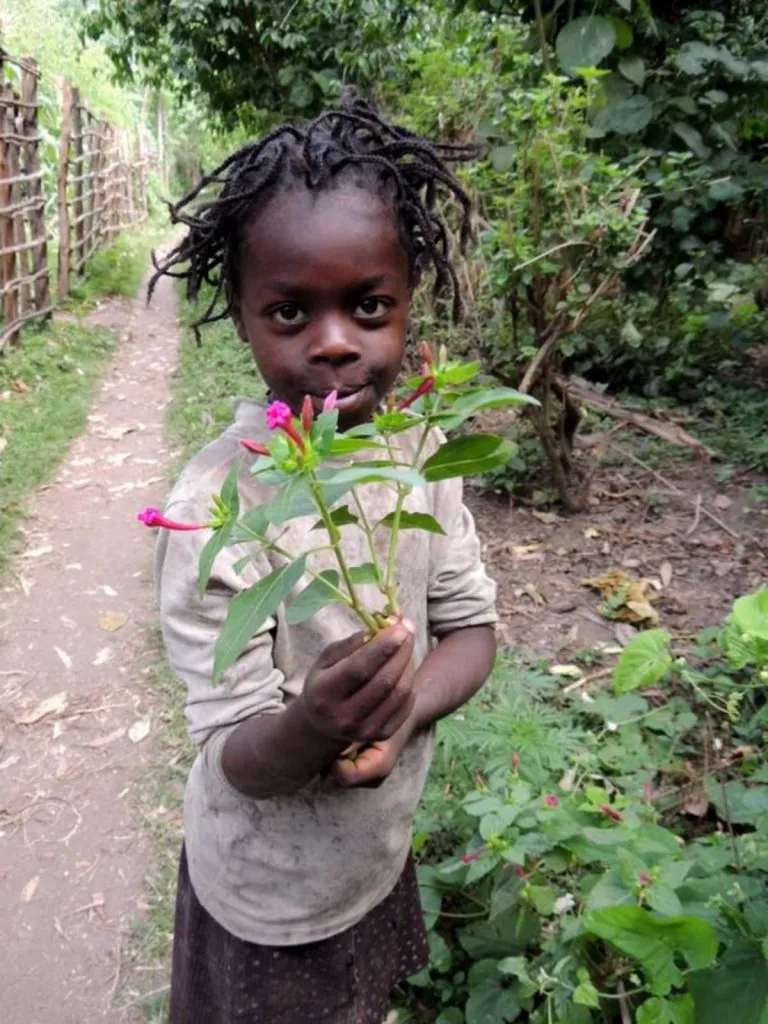
The answer is tricky, the customs office can be helpful. Some plants and plant parts are absolutely not allowed, others with phytosanitary certificates, sometimes nothing is requested at all. The EU has its rules, outside the Union others may apply.
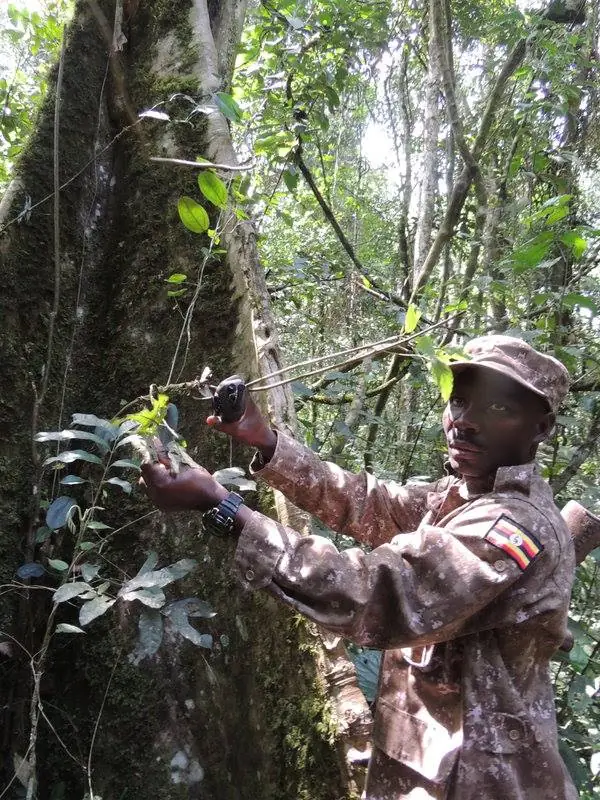
It may seem harmless to bring cuttings, but in fact there are many diseases that can destroy biodiversity.
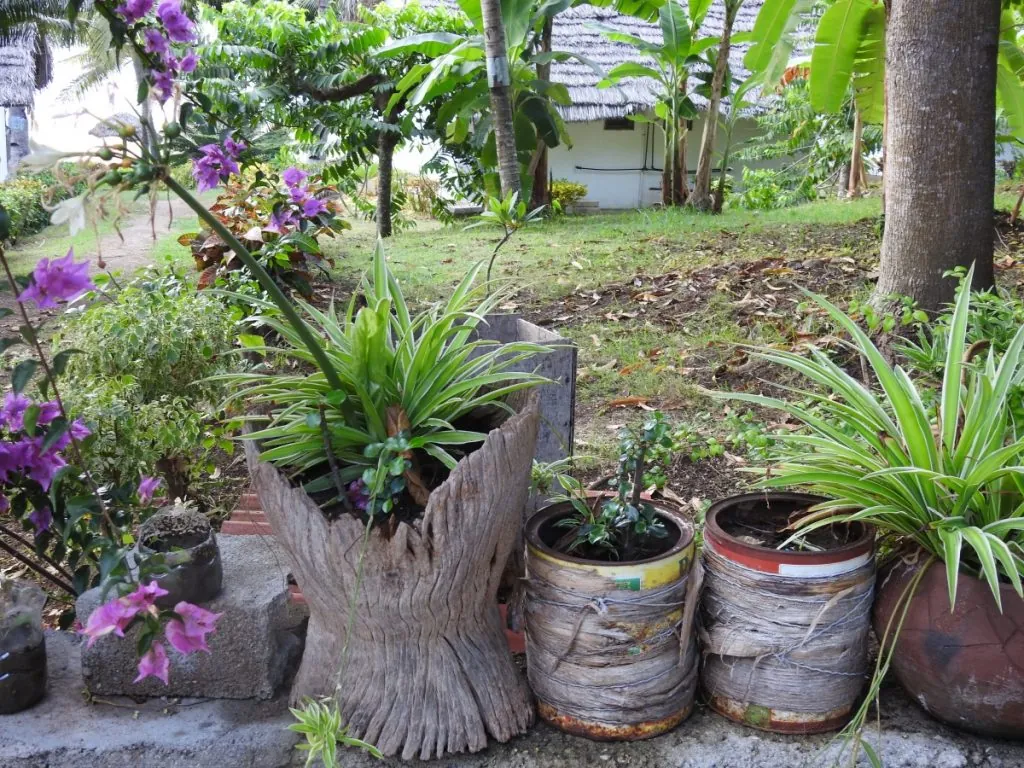
In my daily work with plants, I sometimes dream myself away, walking between the flower tables and picking wilted leaves. I dream of orchids on the trunks in Asia, bromeliads in the tropics and other things I have seen around the world. It gives me the drive to work in order to travel.
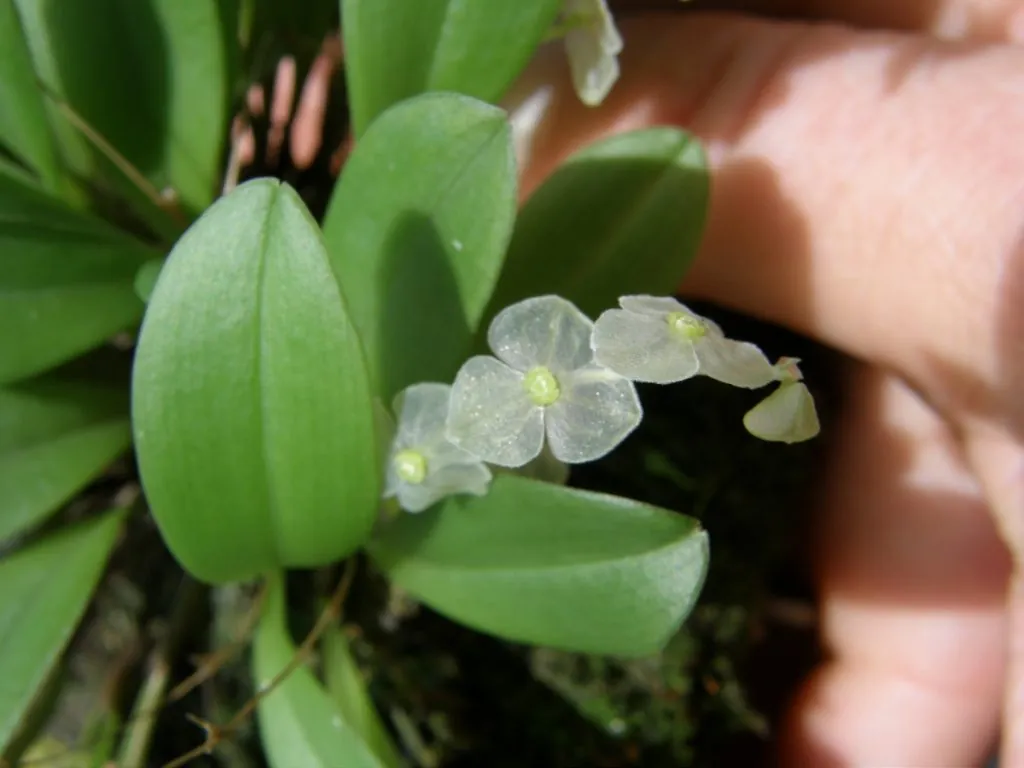
A couple of times a year I visit the big flower fair in Holland or some flower market, all to keep up to date with new varieties and trends.
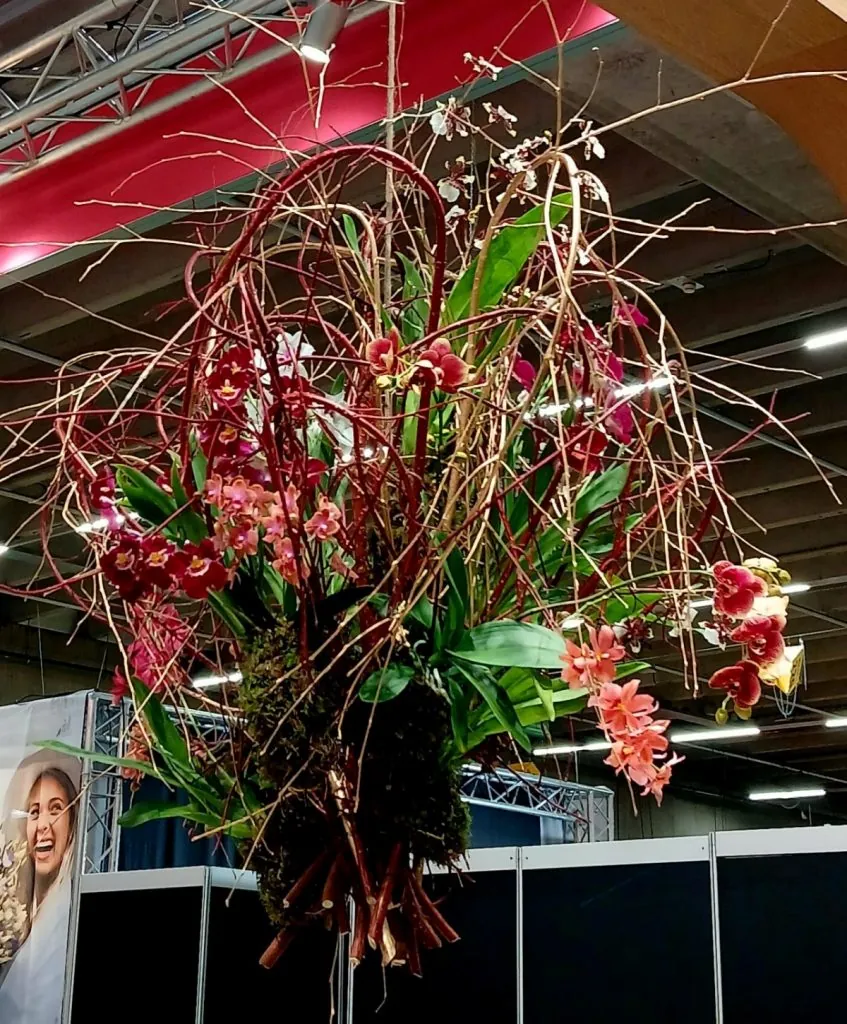
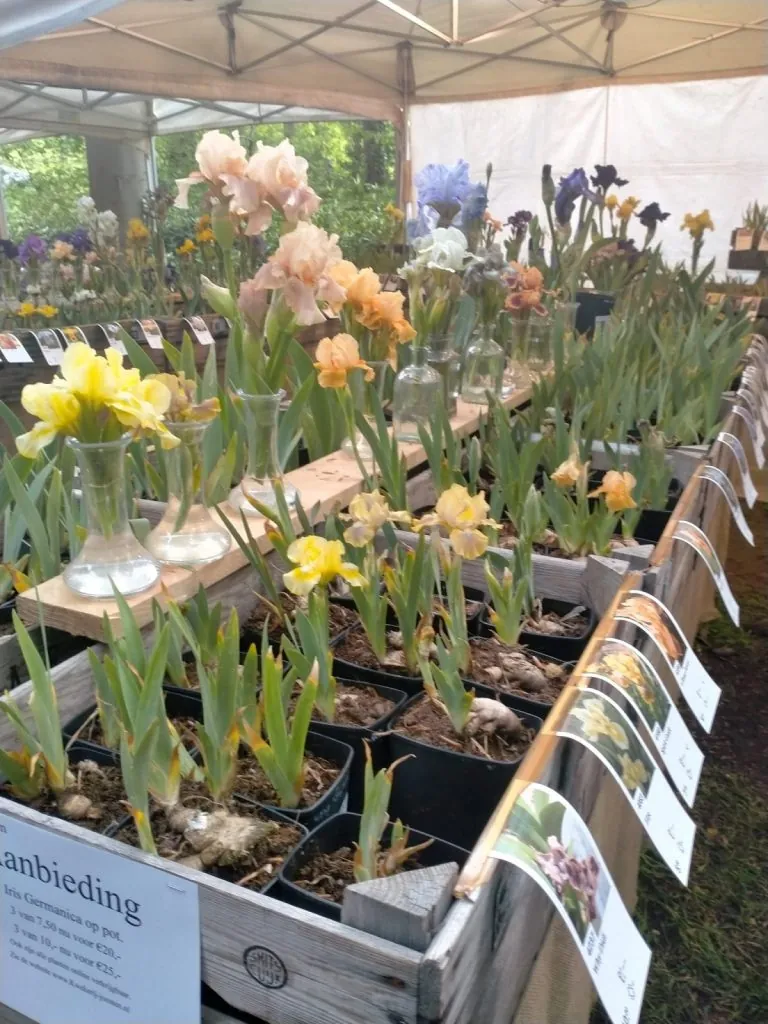
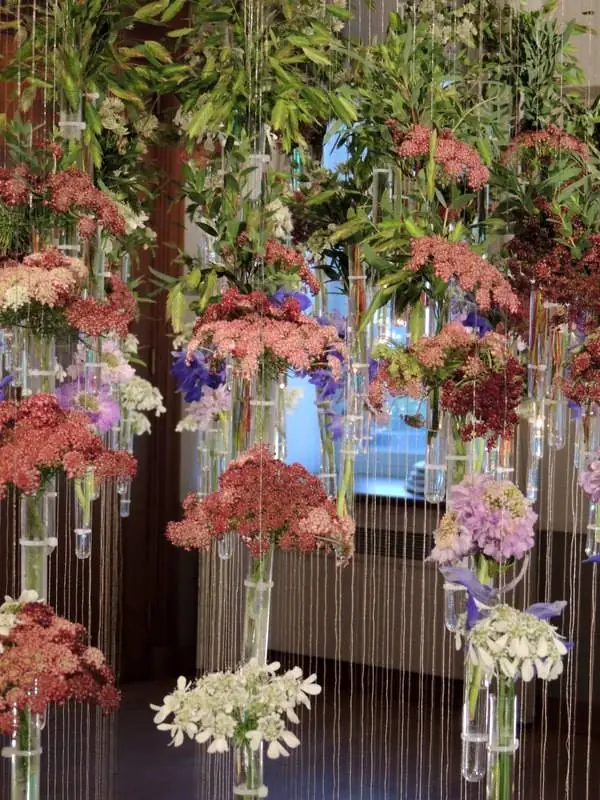
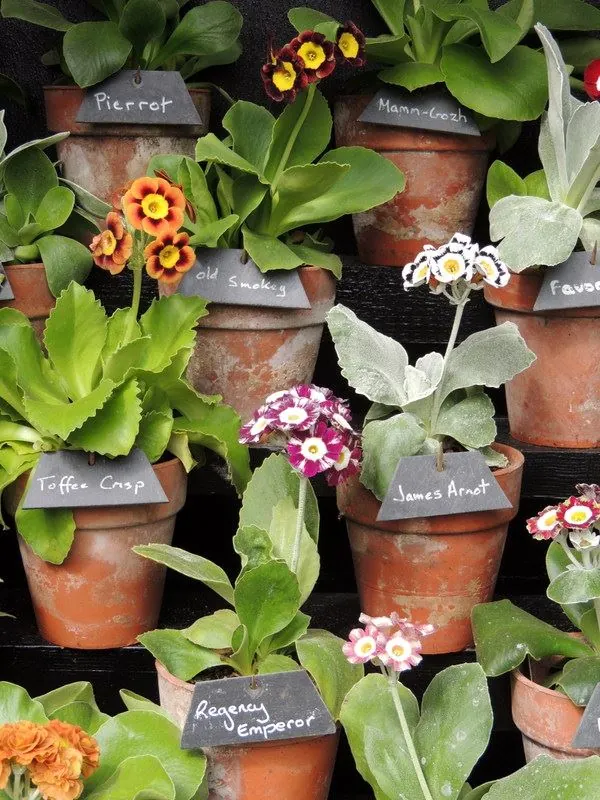
So I'll answer many people's questions, that it must be fantastic to work with plants. It IS, but also a hard job, standing and walking all day, heavy lifting, uncomfortable working positions, constantly ugly hands, sometimes cold and sometimes hot.
The positive side is meeting people, seeing how flowers can spread joy. A passion, a lifestyle.

